Kiwi Ears Aether Review: The Missing Element
WATCH REVIEW HERE:
OVERALL SCORE: 6.35 / 10
Price: $169 (PHP. 9,300)
PROS:
- 15.3mm full-sized planar magnetic driver delivers impressive sound quality
- Stellar combination of modern and traditional planar IEM characteristics
- Exceptional technical ability for its price range
- Remarkable separation and layering of instruments
- Lightweight design enhances comfort despite its size
CONS:
- Large and thick shell causes discomfort for extended use
- Treble can be sharp and sibilant at high volumes
- Fit may not suit users with smaller ears
- Included accessories are minimal and lack premium quality
- Cable material stiffens over time with heavy use
WHO THIS PRODUCT IS FOR:
- Audiophiles seeking a planar IEM with both musicality and technical prowess
- Users looking for a budget-friendly option with high price-to-performance ratio
- People who enjoy detailed and analytical listening experiences
- Those who appreciate innovative tuning and sound signature diversity
WHO THIS PRODUCT ISN'T FOR:
- Casual listeners who prioritize relaxing and smooth listening sessions
- Individuals with small ears who may struggle with fit and comfort
- Users who prefer premium build materials and better accessory bundles
- Fans of wireless or non-planar alternatives
RECOMMENDED GENRES:
- Jazz
- Vocal Pop
- Soul
- R&B
SHORT REVIEW:
The Kiwi Ears Aether is a planar IEM that blends traditional and modern planar sound, offering impressive technical performance and musicality. Its 15.3mm driver delivers excellent separation and detail, though the treble can be sharp at high volumes. While its fit and accessories leave room for improvement, its price-to-performance ratio makes it a strong choice for audiophiles seeking both analytical and engaging listening experiences.FULL REVIEW:
What makes planar IEMs good? Is it the speed and snappiness of the sound? Is it the raw detail and crispness? Is it the impeccable technical ability that matches hybrids 2-3 times its price? Whatever it may be, planar magnetic IEMs have captured the hearts of many since the planar boom of 2022.
Interest turned into demand turned into development. Planars were one of the few driver configurations that has had a rapid level of development in audio and everyone is happy for it. But how far has planar IEMs gone, really?
CELESTIAL BODIES
Similar to the development of planar magnetic in-ears, Kiwi Ears has had its “renaissance” upon the release of their highly rated Cadenza that partially broke the market when it came out. Since then, they’ve been releasing a sleu of in-ears ranging from single DDs to complex hybrids. One driver configuration that they haven’t dipped their toes in prior to recently are planar in-ears. Granted, I’m 100% sure that making a planar IEM that’s actually competitive can be very difficult with how much planar magnetic IEMs have been developing. But Kiwi Ears might just be the Apple of the audio world because they sure took their time in finally adopting this popular driver configuration.
What makes them stand out? A 15.3mm full sized planar magnetic driver. This is no microplanar like their Canta. This is the real deal. And with a price tag of $170, you have a LOT of expectations with a planar set coming from Kiwi Ears. But can it even compete?
UNBOXING
Unfortunately, the best of the Aether’s unboxing can be found on the outside.The beautiful pink background that pairs with the clean illustration of the Aether makes this one of the prettiest package I’ve seen from Kiwi Ears. They’ve been a pioneer for aesthetically pleasing unboxing, but this is quite special.
What’s not so special is the inclusions.
Here’s a full list of the inclusions:
- IEMs
- Cable
- Eartips
- Carrying Case
- Paperwork
Yikes. At least the KE4 had the Kiwi Ears Flex eartips, but I can somewhat understand the minimalism of the packaging. Do I like it? Absolutely not. The eartips (all 3 types) are horrendous and cheap and the only saving grace is that case that we’ve seen from the far cheaper Canta.
BUILD & FIT
Externally, the Aether is a very compelling and unique set that got my attention the moment it was released. Mind you, this was released in tandem with the Kiwi Ears Airoso and this stood out particularly more than the somewhat industrial design of that.
I loved that faceplate and outer ring combo. The starry, glittery faceplate with minimal branding and maximum beauty proves that Kiwi Ears hasn’t lost their aesthetic design charms. At least compared to their modern sets.
Upon touching the shell, however, you might be left a little disappointed. You can kind of sense that most of the money went into the tuning and driver because the external shell feels very cheap. It’s a resin material that makes it a very lightweight fit, but the fitting is expectedly very large for a 15.3mm planar driver.
And I mean it when I say that this thing is MASSIVE. I haven’t worn an IEM that filled each corner of my ear while not being the most snug fit. This is the downside to many large scale planar in-ears, but the Aether is particularly nasty due to how large and thick it is. Snugness and stability is not the name of the game here and people with smaller ears probably won’t appreciate this fit. It has a bit of fatigue over time due to how much it fills the ear and hits pressure points, but air pressure build up and driver flex is thankfully absent.
The cable is also quite disappointing but far more practical than the shell. It reminds me of the Jcally JC08 cable that costs $5. The material is eerily similar which means this is the type of cable that WILL stiffen after a couple of months of heavy use. At the very least it is lightweight and easy to pack.
SOUND
Sound Signature:
The Aether has what I’d call the “planar neutral” sound signature. This is a relatively neutral overall tuning with a generous low end extension, linear mids and slightly elevated treble presentation. The highlight in this kind of sound is the fine balance of tonality and technicalities that not a lot of planar IEMs have achieved. The Aether is one of those IEMs, but is still not free from the usual planar flaws of having a slight metallic or plasticky sheen.
Source Pairing
The Aether’s impedance of 14ohhms and sensitivity of 105dB might make it look like the Aether is a set that isn’t amp picky, but intensive testing showed that the Aether’s amp preference is VERY narrow. While reaching high volumes isn’t problematic, pairing the Aether with a poorly implemented amplifier like the ones found in computer motherboards or amplifiers that emphasize the details in a dirty manner, the Aether will not sound quite as “clean” as pairing this with a smoother, more refined amplifier. I personally recommend the Fosi K7 or the Celest CD-20 as those two are some of the smoothest and most refined sounding amplifiers that I’ve heard.Volume Scaling
I found myself sticking to a medium volume level of listening due to the treble of the Aether. While it isn’t quite treblehead to warrant low listening volume, it does perform well at lower volumes as much as it does on medium volumes. Higher volume listening is possible but can get quite edgy and sibilant, especially with a bad amplifierListening Experience
One of the things that sparked my interest on the Aether was that frequency response graph. “That’s proper modern planar tuning right there” I told myself. But I also know that frequency response graphs only tell a part of the story.So the moment I got the Aether, I cranked an artist I recently discovered named POLKADOT STRINGRAY and played ICHIDAJI and found that despite being a “modern planar”, this is closer to a traditional planar IEM than something like the Letshuoer S08/S15. I’ve gotten so spoiled with “modern” planars that hearing a planar IEM that embraces that planar sheen while providing a rich but clean overall sound was alien to me.
But that’s the magic of the Aether. It’s one of the two modern planar IEMs to mash up the modern planar sound that’s focused on musicality and the traditional planar sound that’s focused on technicalities.
Probably the perfect analogy I can provide is SOS’s latest album titled “It Was A Moment”. Just like the Aether, this new album mixes their older “She’s Only Sixteen” era sound with their “Good Company” sound. If you’ve been following SOS for a while, you know that they’ve had a sort of “renaissance” of sound from their “alt rock” in their self titled to the “funk pop” on Good Company. This change in sound was great in my opinion as it allows for creative freedom within the members and a fresh take into their band. It Was Just A Moment doesn’t lean into either sound totally and combines the best aspects of both sound into one.
Just like the Aether combining the best of traditional planars and modern planars, SOS brings about a new audience that might like the combination of the sound but potentially alienating those who liked the two sides. The Aether is not a safe IEM like the S08 is, but it’s not overly analytical like the F1 Pro. It straddles the line between that and redefines how good a planar IEM could be.
Unlike the SOS analogy, combining these two features is far more beneficial than detrimental. People do like combining the qualities of two different IEMs into one. People want something detailed but sounding natural. People want good tonal balance but wants superb technical ability. That’s where the Aether excels. It doesn’t do one thing good, but it does many things decently. This is perfectly showcased in the track Amore with the rich bass introducing us to this new SOS sound with reverb that expands further than the confines of your ears. The way the vocals wrap around the mix perfectly compliments the energy that the rhythm guitar and cymbals have between each other and forms a surprisingly immersive sound that reminded me the old sound of Wallows. It emphasizes the spaciousness of guitars on the mix while making the kick drums and the bass sound like they’re going beyond the soundscape.
Arguably the strongest quality of the Aether is its price to performance. You can create a tonally sound IEM in the hyper budget range, but to make it sound coherent, technically capable and full is another. For $170, the Aether’s technical chops are above its class. It can compete with the likes of the Legend and ET142 that are far, FAR more expensive than the Aether. The highlight here is that separation and layering that stood out as I was listening to Let’s Groove by Earth Wind and Fire where it almost felt like I was wearing headphones with just how cleanly the instruments were separated and how the tactility in the low end was done with precision and no crumbs left.
To completely contrast this strength, let’s talk about its weakest aspect being its treble. If there was one aspect that the Aether borrowed from older planar sets, it’s the planar sheen and occasionally sharpness in the treble. While it’s nowhere near as bad as the likes of the S12 and first generation Timeless, you’re still getting arguably a very “planar sounding treble” with a very speedy but very sharp treble that will strike you with a surgeon’s precision. This means that the finest details in music are revealed to you no matter how much you just want to vibe. This is NOT a vibe IEM if you were curious. This is an IEM you throw into your most intense analytical listening sessions and pinpoint the small imperfections in the mix of your chosen albums. It’s not quite the best to do that. But at $170, this is arguably the best to do that without ripping your eardrums apart. Regardless, this makes the Aether not a set for those who enjoy a relaxing listen, despite the bass initially telling you to relax.
If I were to nitpick on the improvements I’d personally make on these, I’d tone the mid treble down and bring the midbass just a tad bit to give this a richer and more soothing tone. However, I’d also love to see a more vocal forward version of this where instead of the energy going into the mid to upper treble, the energy goes to the upper mids. I found this presentation to be particularly complimentary of the planar sound being very crisp by nature and vocals being emphasized like in my impedance-adapter PR3.
Regardless, I think every hype is justified on the Aether, but not quite on the “best planar of 2025” quite yet. Too imperfect in the treble to warrant it being “the best”. Granted, no planar has truly done that quite yet as you’ll see in my comparisons
COMPARISONS:
vs NiceHCK F1 Pro
The latest traditional planar IEM that I’d consider to be “well-done”, the F1 Pro strikes the chord when it comes to the things that make traditional planar IEMs great. Fantastic detail retrieval, commitment to the speed of attack and energy of planar magnetic and a complete disregard of timbre. Sure, there are planars back in the day that didn’t confine to this, but I can bet you that there were far more planar magnetic IEMs that had this kind of sound over a warmer sound. The Aether in comparison tames everything from the details and treble to the planar timbre that everyone oh so loved (not). The graph in particular fascinated me because I thought this would be a much closer sound, but the resonances and the advancements to planar (or at least how Kiwi Ears tuned the Aether) has made the Aether a far safer, smoother and calmer set while keeping a solid detail and technical presentation. Interestingly, I actually found the F1 Pro to be the more “capable” set between the two, but at the mighty cost of sounding just a little bit too harsh.
vs Tangzu Zetian Wu The Legend
The empress returns and with it, a sound that also combines modern and traditional planar tuning. Unlike the Aether, The Legend takes a far, far more traditional approach and cranks the air specifically akin to the older TinHiFi Planar in-ears. It keeps the smooth glide from the low end to the upper mids (with a delicious early but dipped eargain giving the sound a smooth and silky taste) and extending the treble far more than anyone asked for. The Aether in comparison is more akin to the S12/Timeless era of in-ears where there was far more subbass and more midtreble over upper treble. Timbre has to go to the Aether here as the planar sheen is far stronger in the Legend, but the Legend’s tonal balance is just a tad bit smoother and, in my opinion, makes it a smoother set. But the aspect that really stood out to me was how much more intimate The Legend was over the Aether. This doesn’t mean The Legend lags behind in technicalities, this just means that the $249 price tag still justifies the existence of The Legend as its more intimate sound can still replicate a very immersive soundscape, while the Aether takes a more head-on airy and wide soundscape with impeccable separation aided by the very airy tuning
vs Simgot ET142
One aspect of the Aether that was ruined because of the ET142 is how tactile a planar IEM could be. Maybe it’s the piezo aiding in the versatility of the ET142, but that IEM is just far more engaging than the Aether. The ET142 is the exception to modern planars where it actually feels like it takes a more dynamic approach with the overall sound. It’s a far more physical IEM than the Aether at the cost of some of the weirdest tuning quirks you’ve ever heard. Even with the red nozzle, you can tell that this IEM was not tuned to sound natural whatsoever. The Aether at the very least tried to achieve a “natural” tuning with a smooth glide from the bass to the treble, but the ET142 brings the bass at your doorstep, the vocals on your window and the treble on your roof. It makes the ET142 the far more “specialized” IEM compared to the Aether that takes a more normal approach. See it as the ET142 being the overachieving sibling and the Aether being the safe and chill sibling.
vs KZ PRX
If you were to ask me the one IEM that is a downgrade to the Aether but maintains its qualities, I’d recommend the PRX. This $40 beast takes a lot of the qualities that makes the Aether amazing but just pulls back from the quality. It’s not quite as balanced nor is it as detailed and technical as the Aether, but it combines old traditional planar detail and techs with modern planar richness and musicality in an affordable package. It’s not going compete with something like the Aether due to the rather unrefined KZ-like sound and less engaging tonality, but it’s a set that goes both ways depending on whether you want an upgrade (go Aether) or want something similar but more affordable (go PRX)
vs Letshuoer S08
The S08 is what defines the modern planar with its musicality and warmth that traditional planars found to be alien. The Aether is far closer to those IEMs than the S08 as the S08 almost sounds like a Dynamic Driver compared to the Aether. The Aether has a far more detailed, technical and crispier sound than the S08’s smooth, lush and warm sound while maintaining a relatively decent technical ability. It’s not Aether level, of course, but it’s contrasting enough to know what it is exactly you want in a planar magnetic IEM and to even consider both sets if you want to have the best of both worlds.
vs Letshuoer S15
See S08, but with technicalities and details to actually compete with the Aether and a far richer and lush sound.
CONCLUSION
It’s not a crime to say that the Aether is probably not going to be just another planar IEM of the month like other sets do, but its release with the Airoso does bring up some questions that I unfortunately cannot answer as I do not have the Airoso.
The Aether is a fantastic planar IEM that keeps the traditional planar sound alive with its insanely solid technical detailing and crispness but bringing the modern planar flavor with a rich and smooth tonal balance with the slight ick of the treble. Not a perfect IEM by any means, but planars have gone such a long way since their boom in the early 20s that the Aether is yet another set-up in the still ongoing planar wars.
Thank you for reading my review
NON-AFFILIATED LINK:
https://www.linsoul.com/products/kiwi-ears-aether










































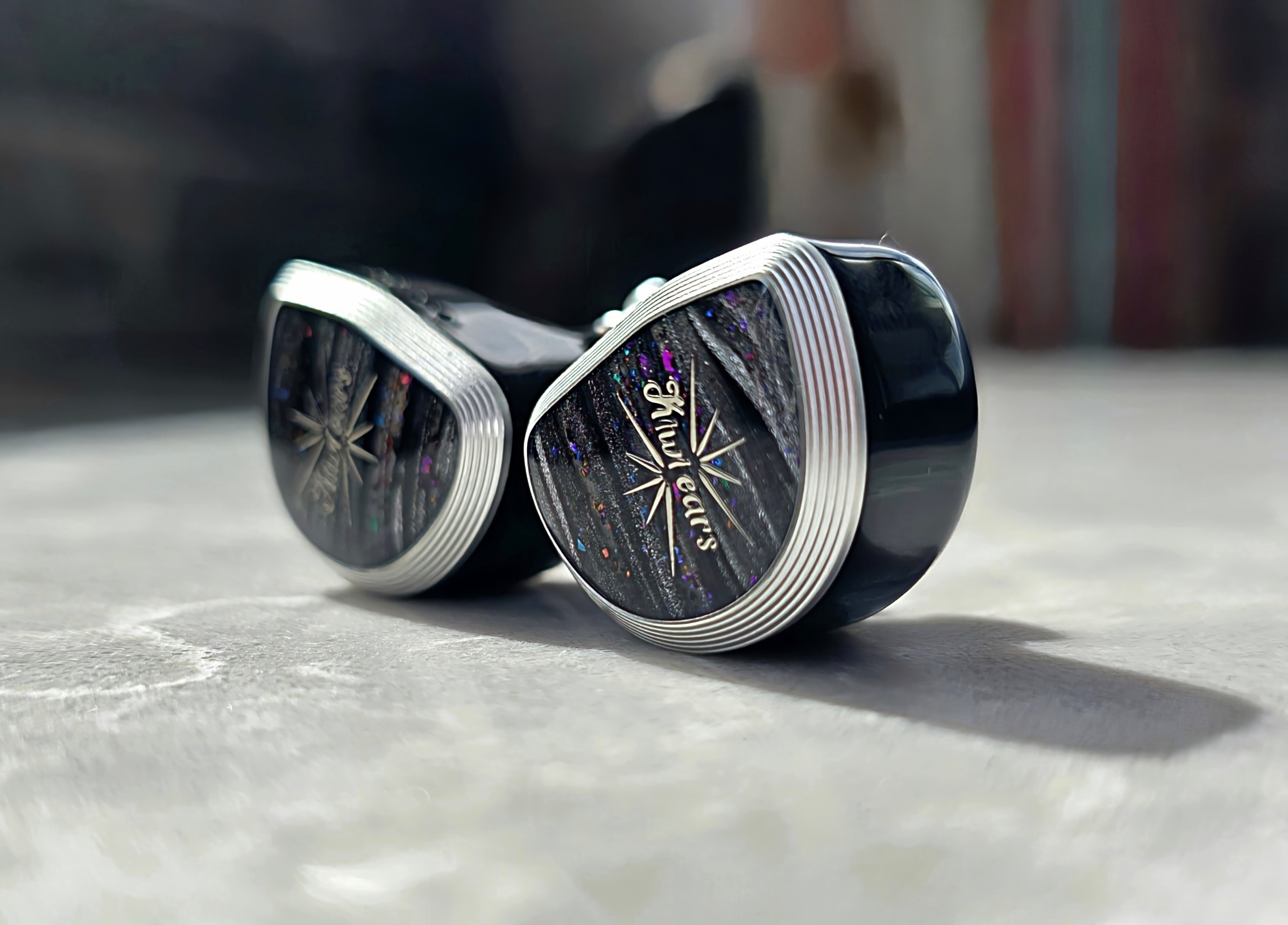


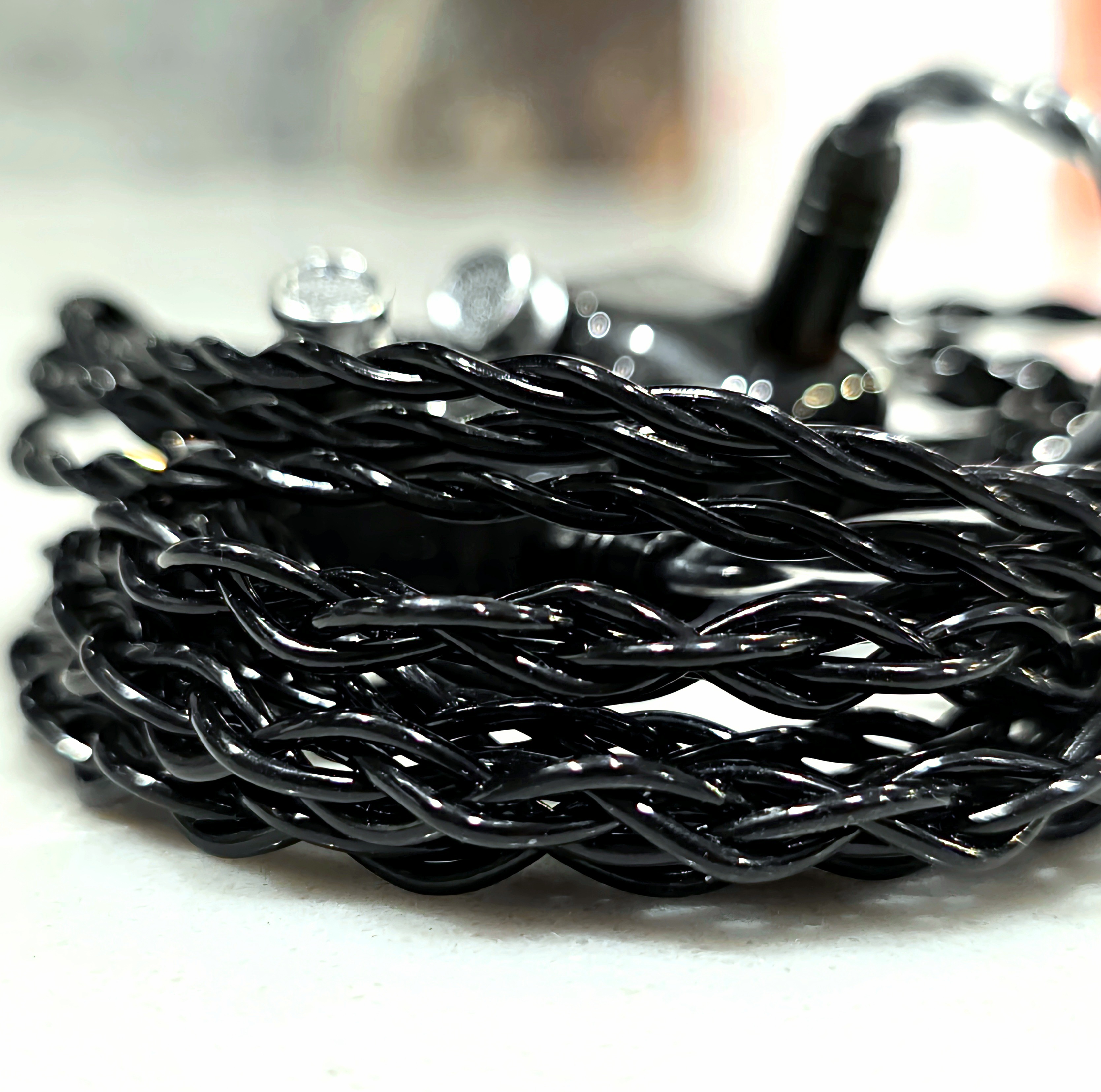
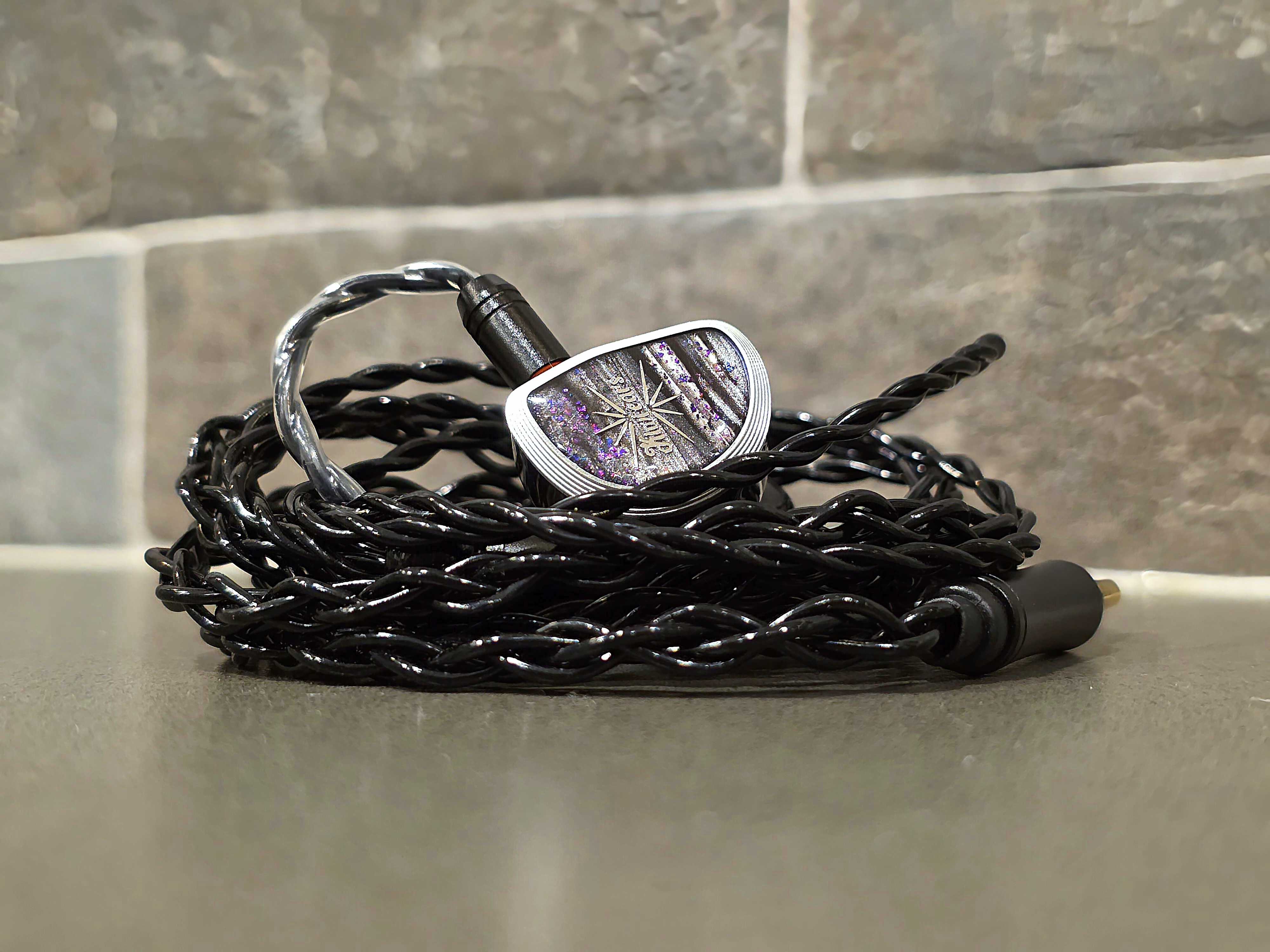









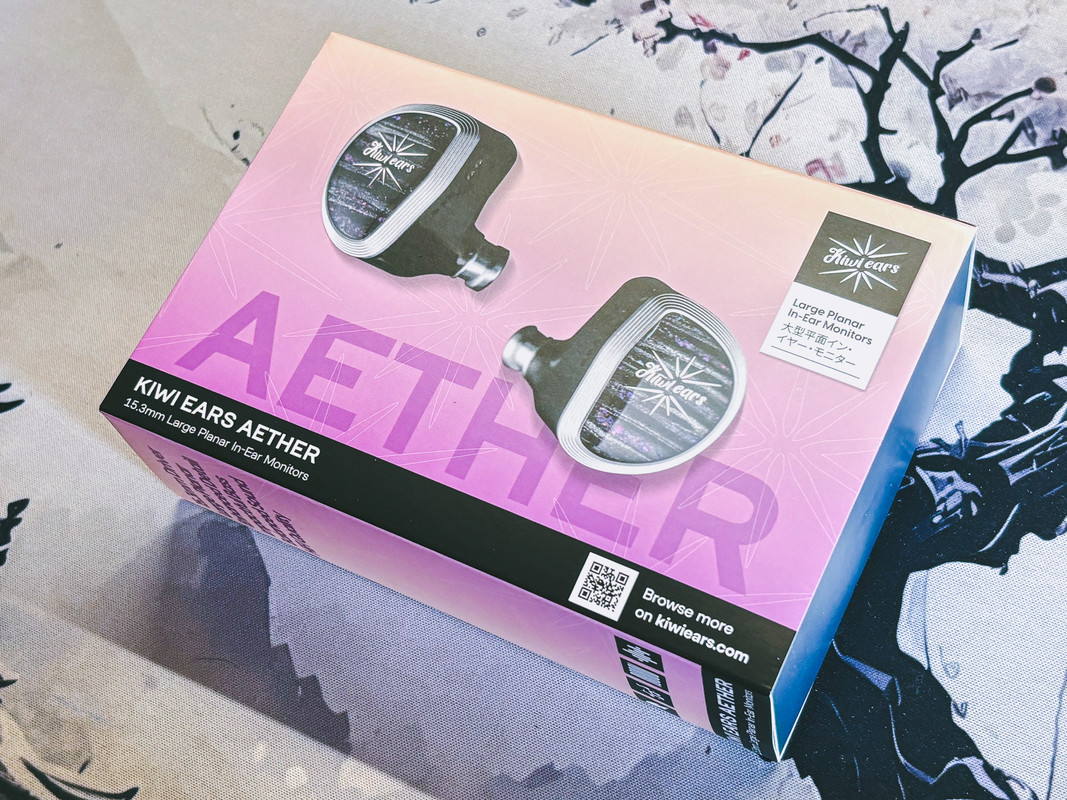
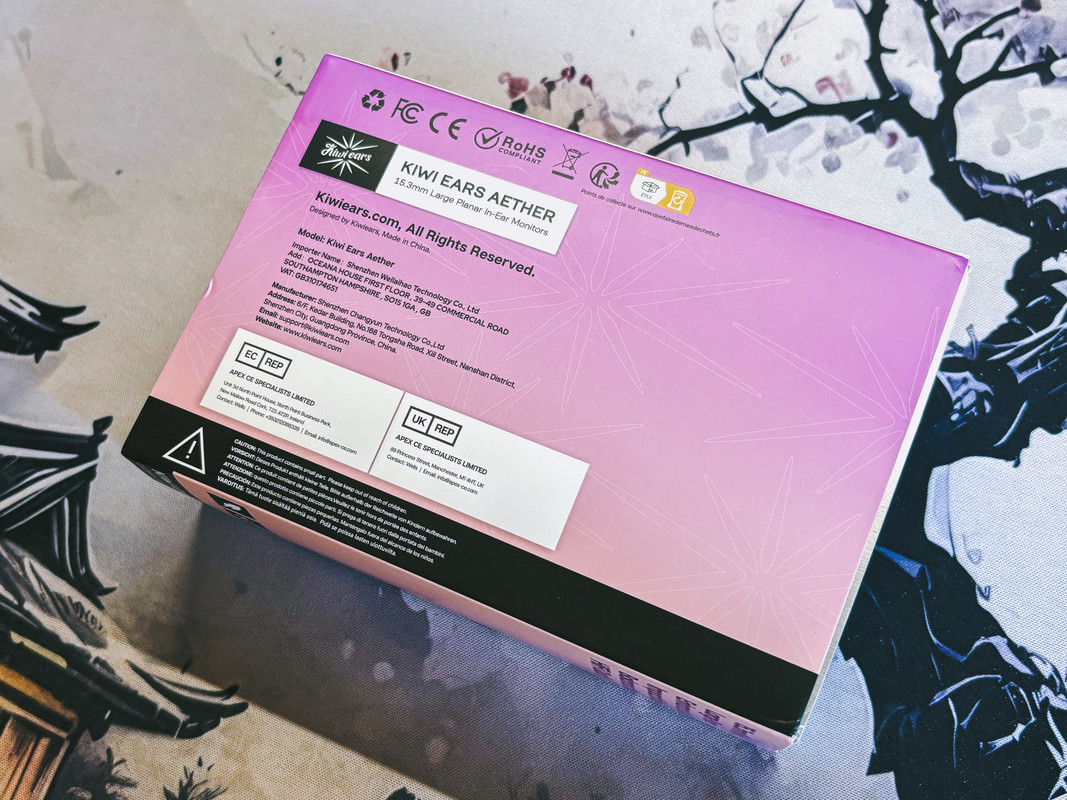
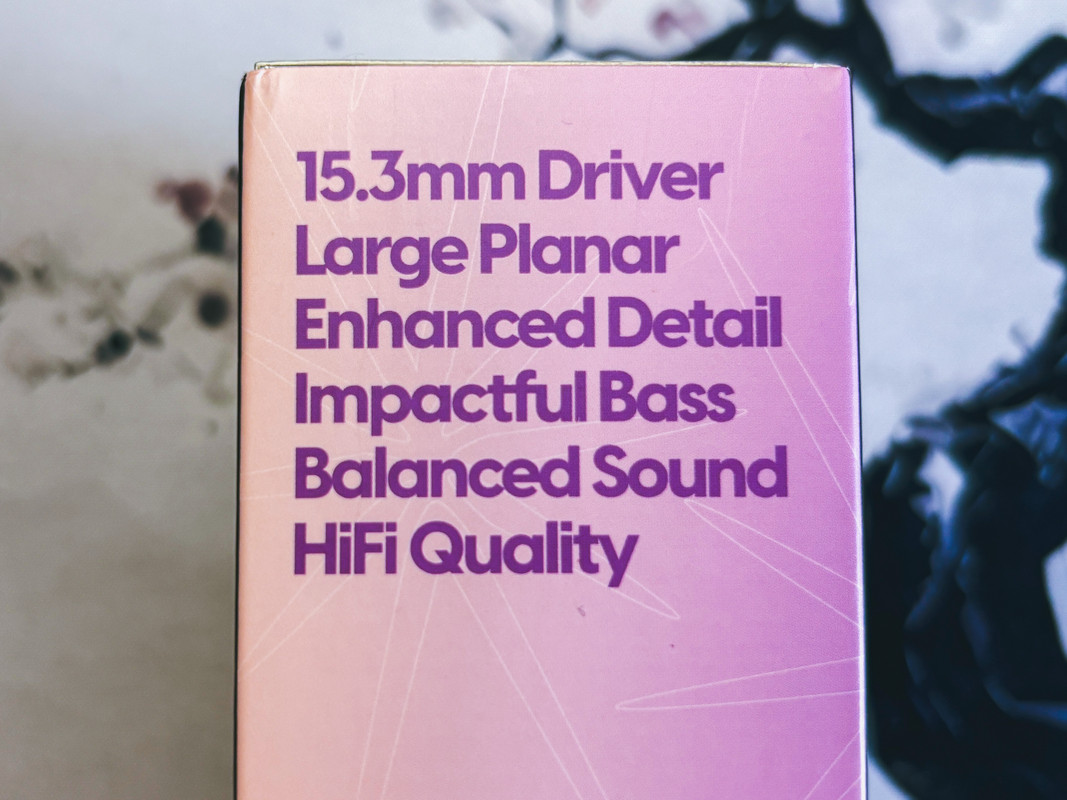
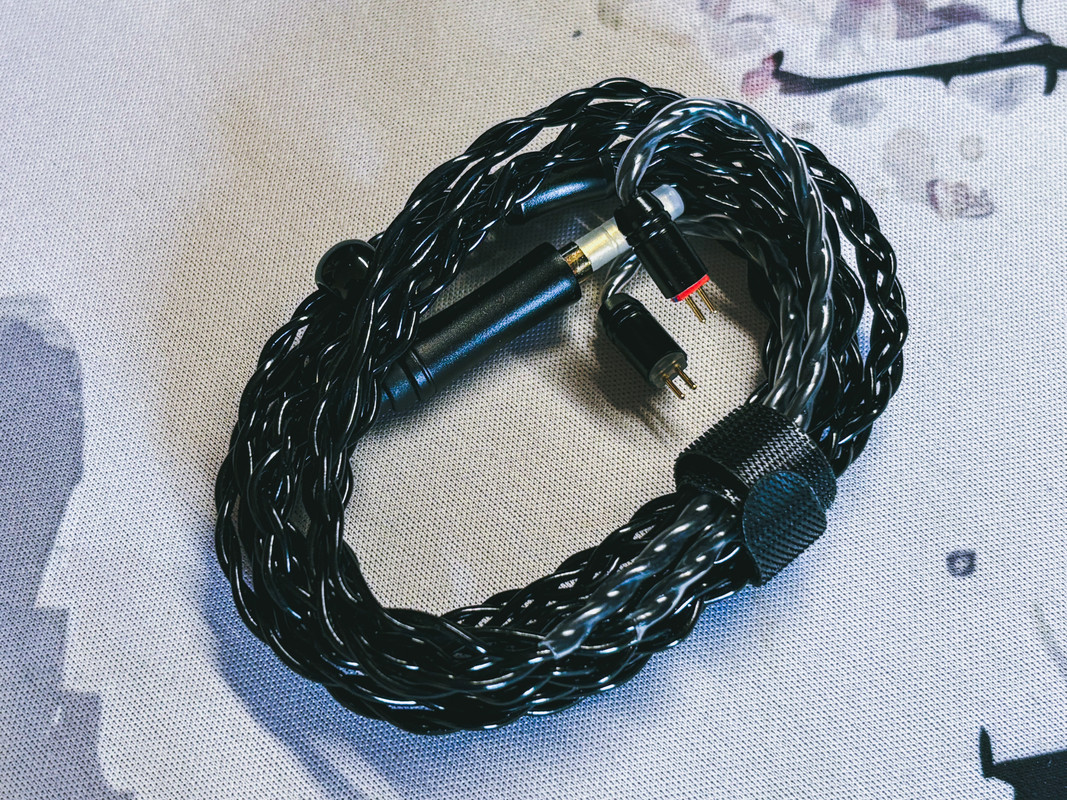

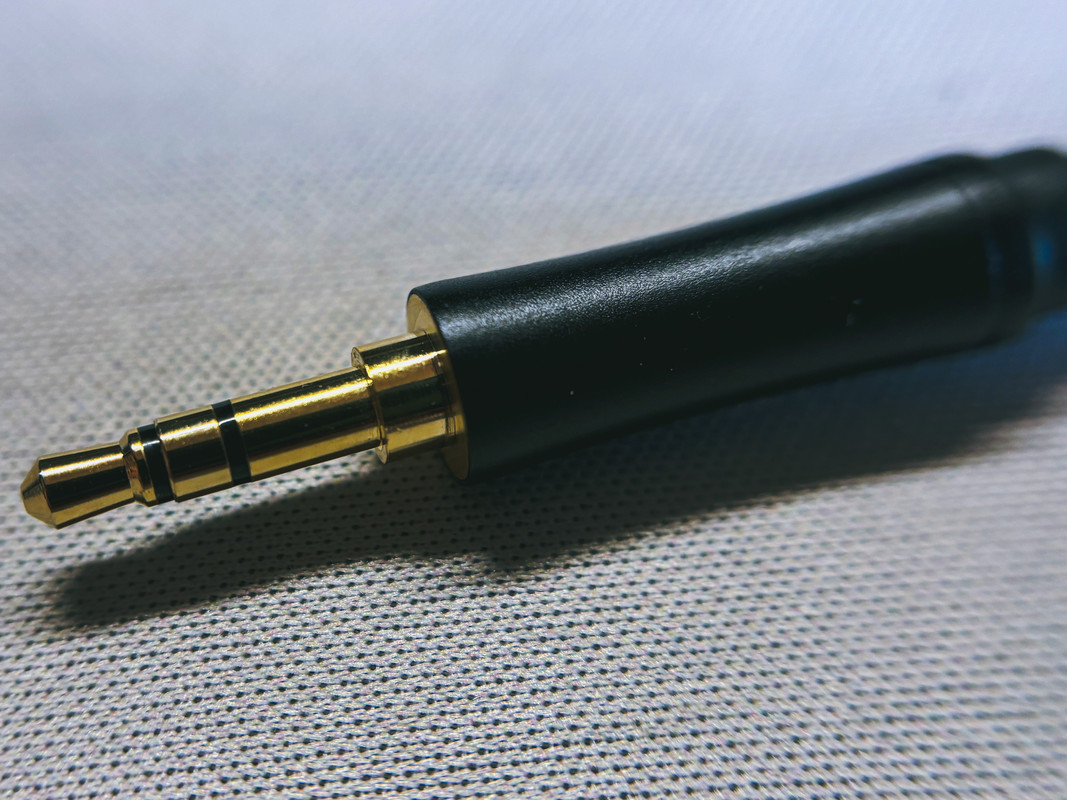
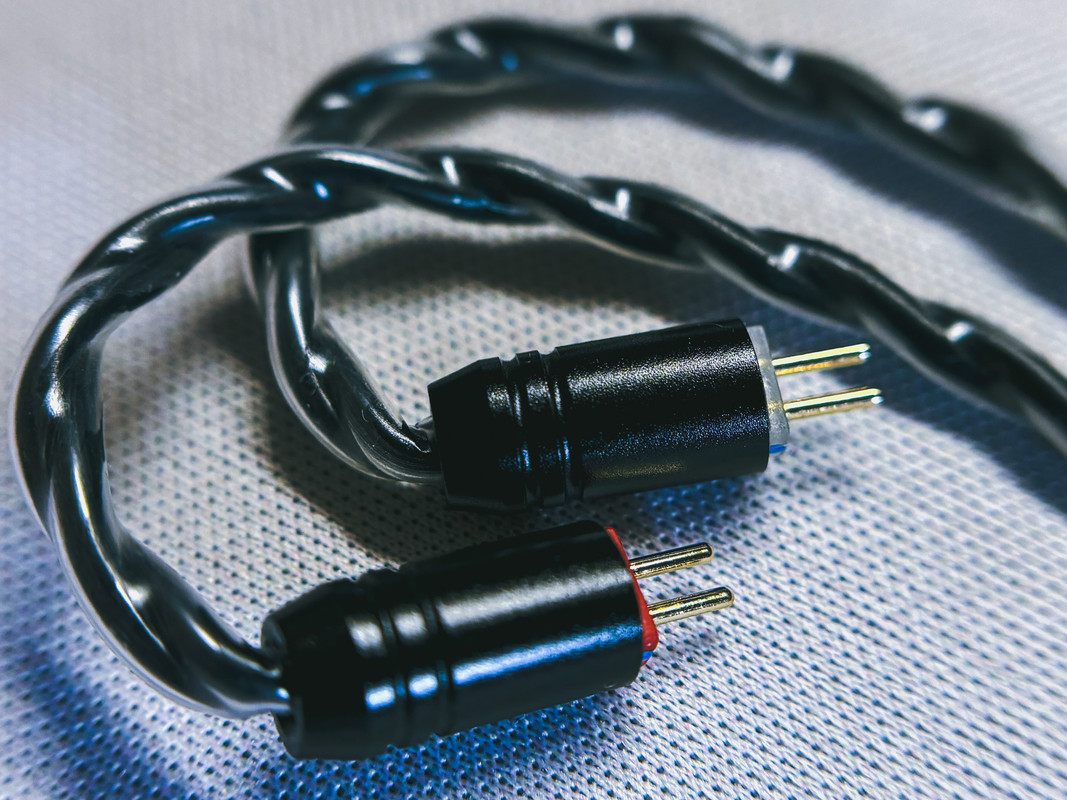
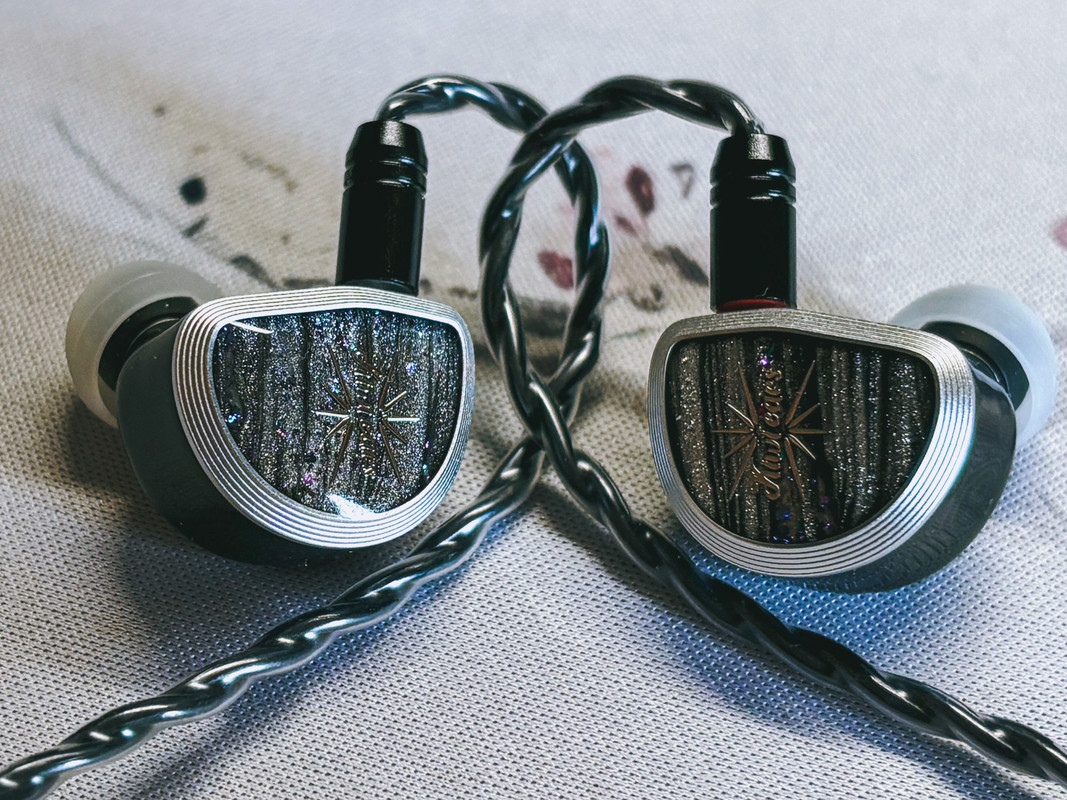
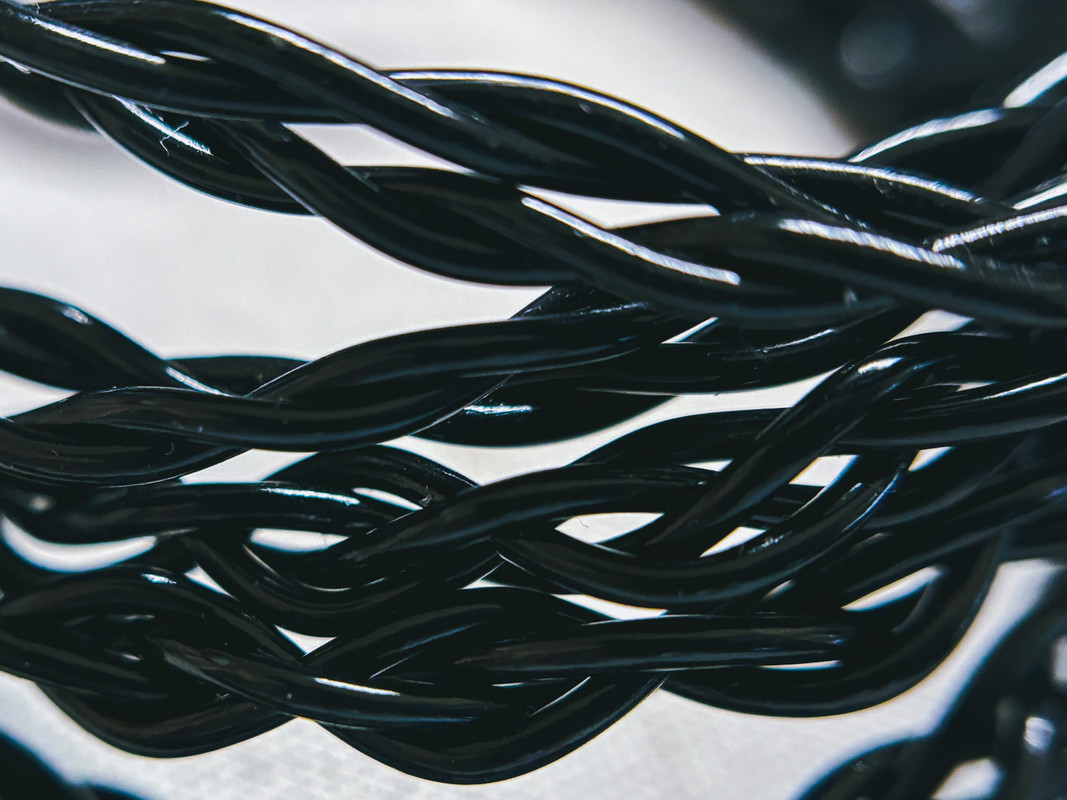
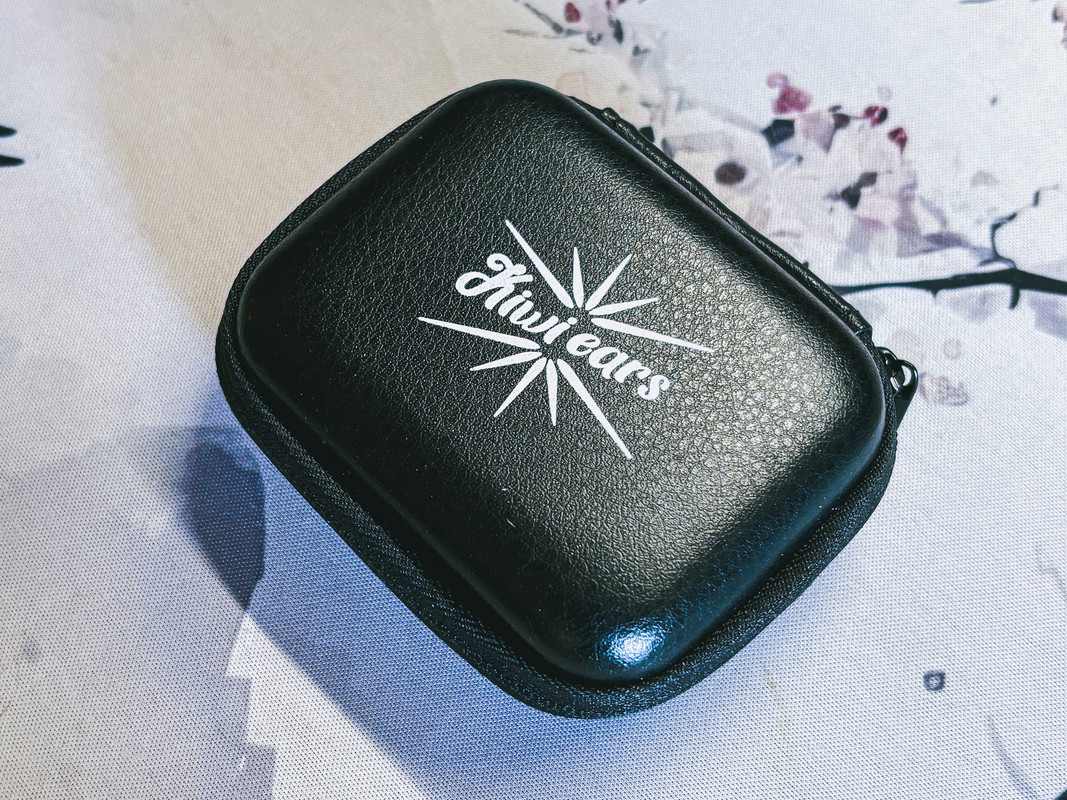
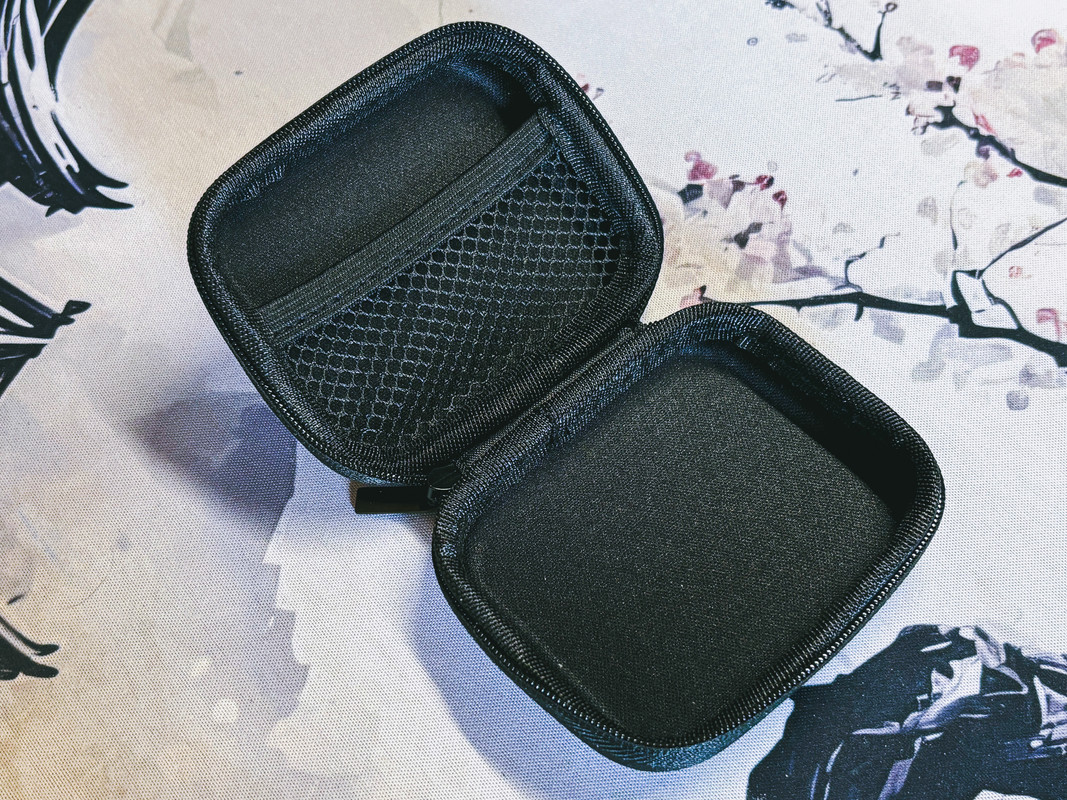
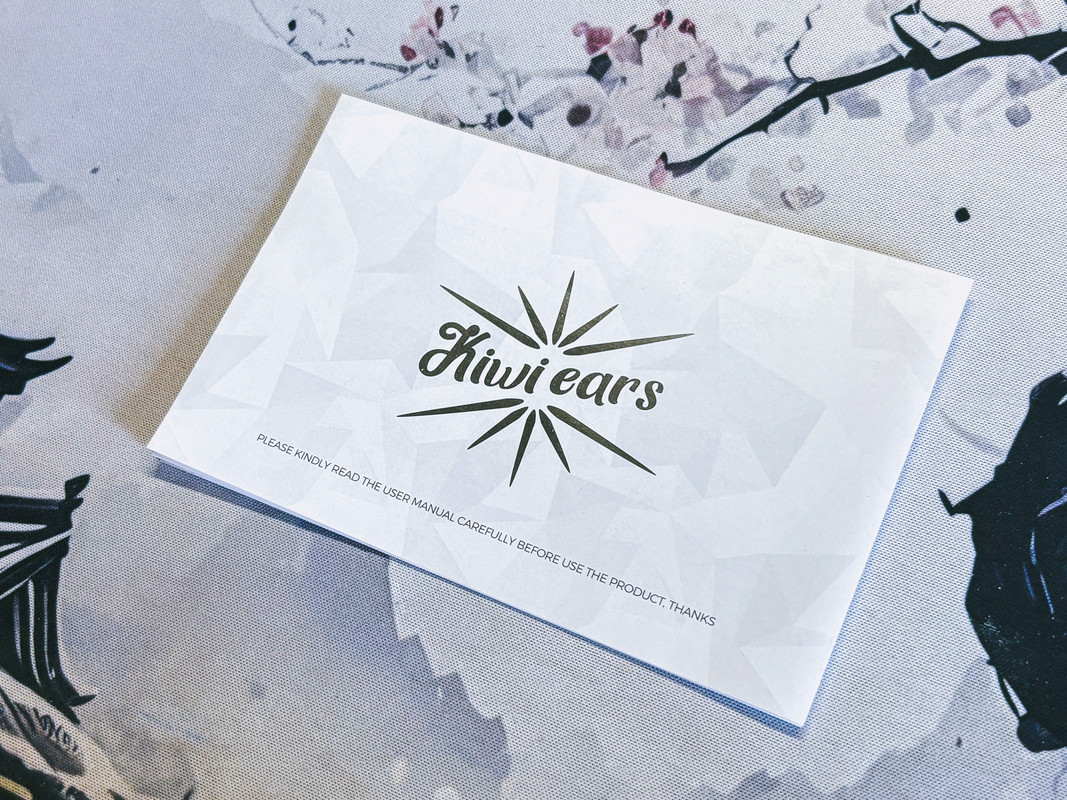
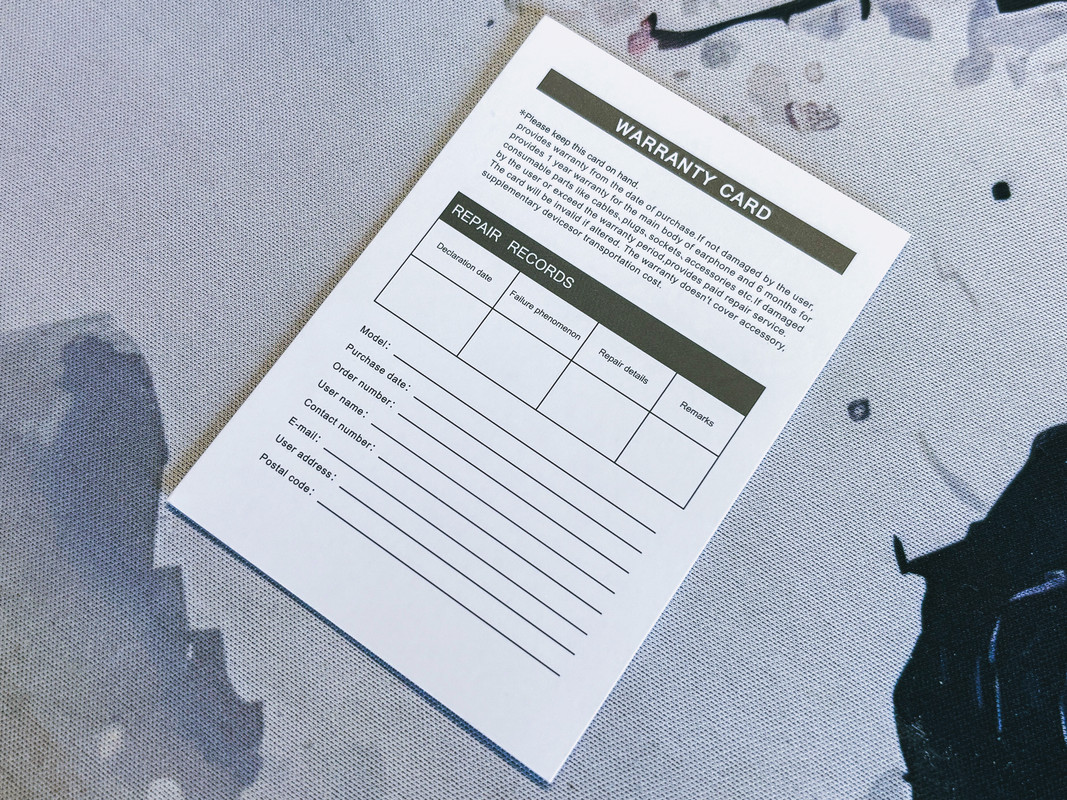


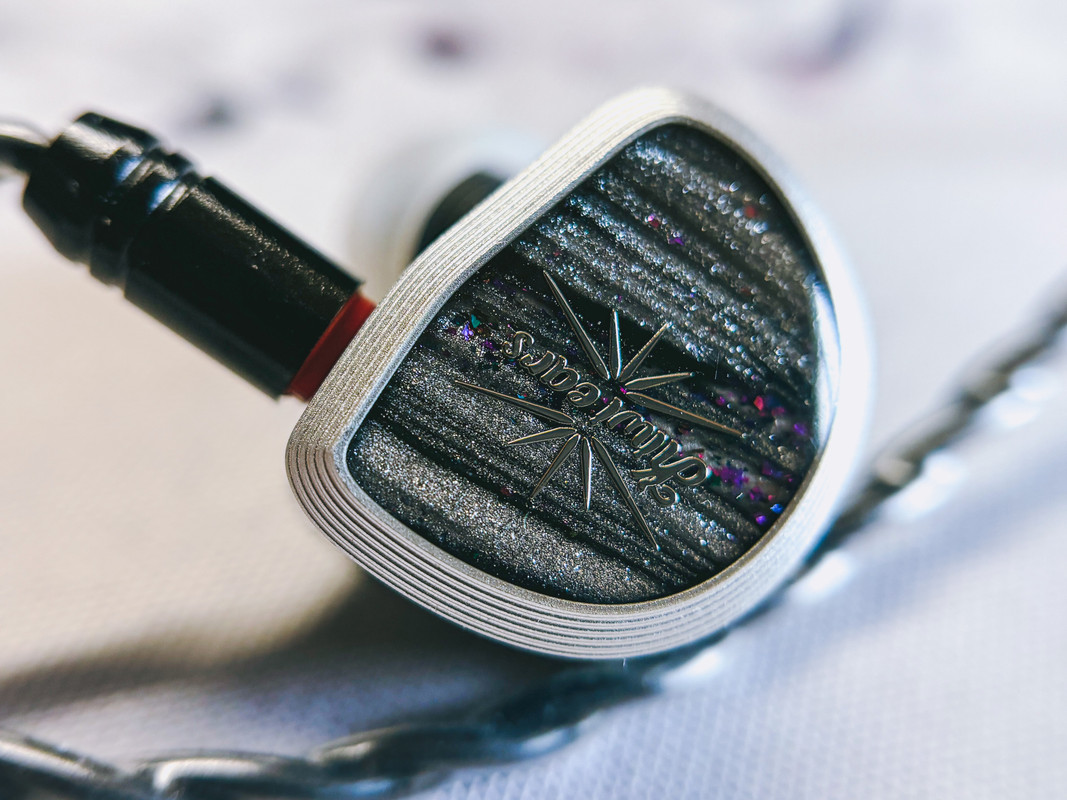
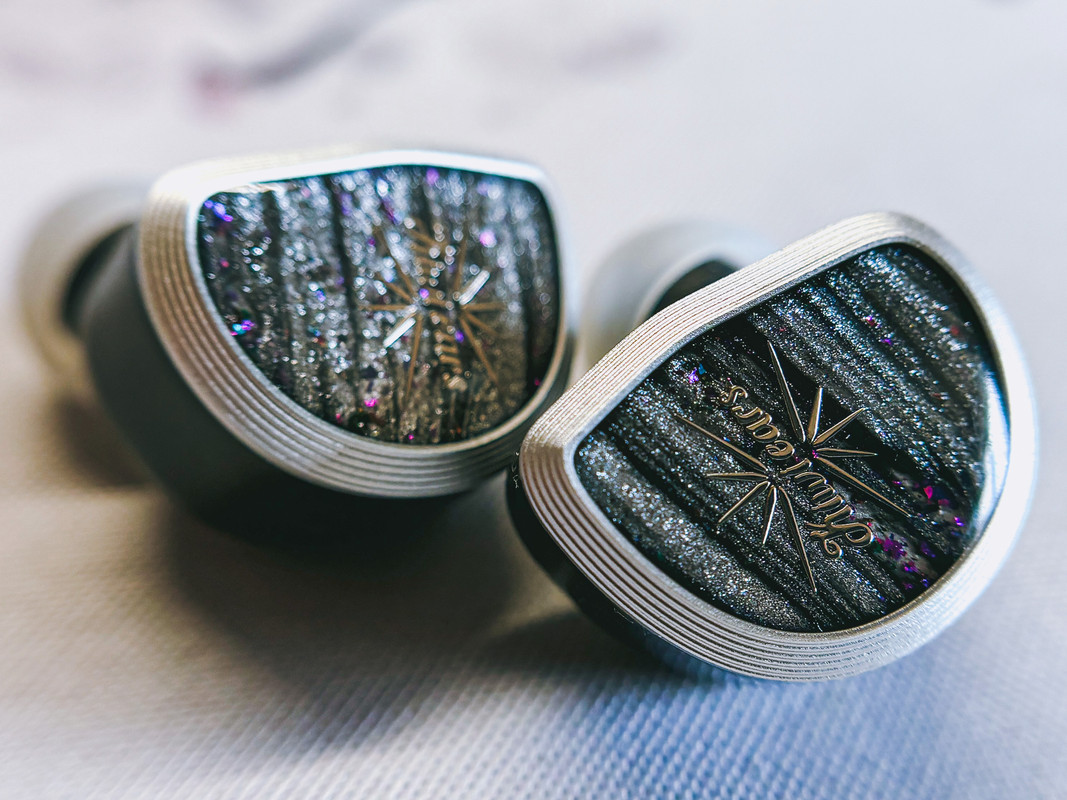

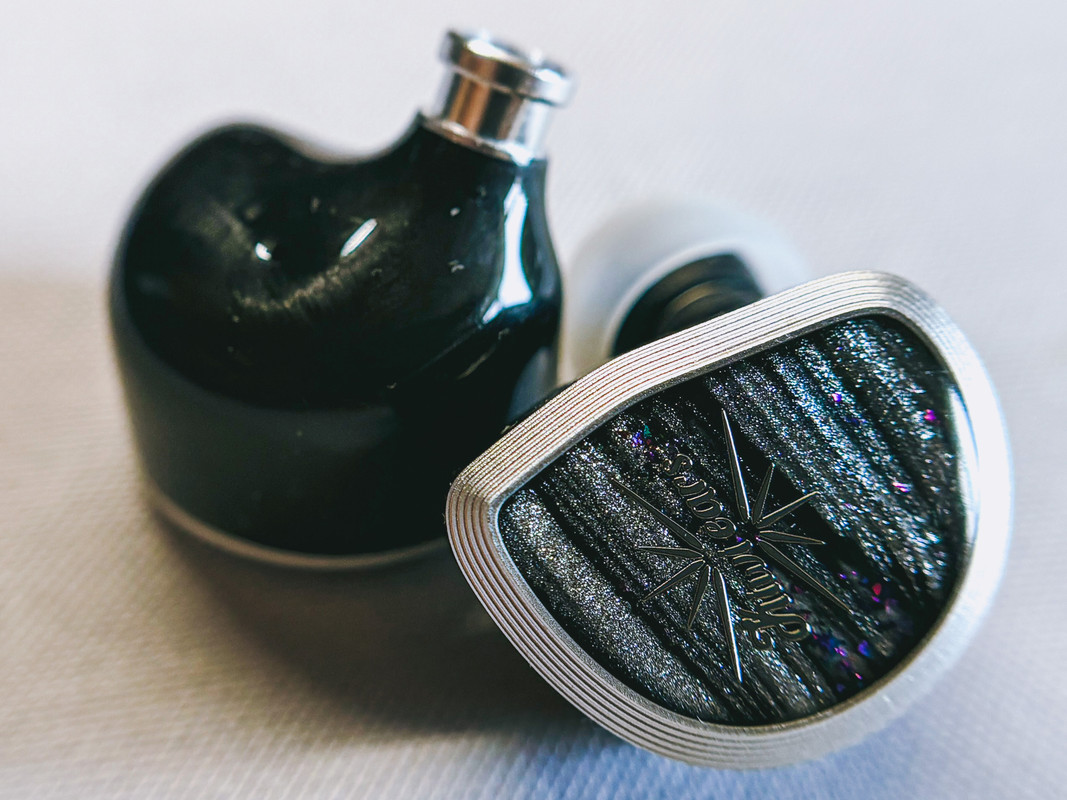
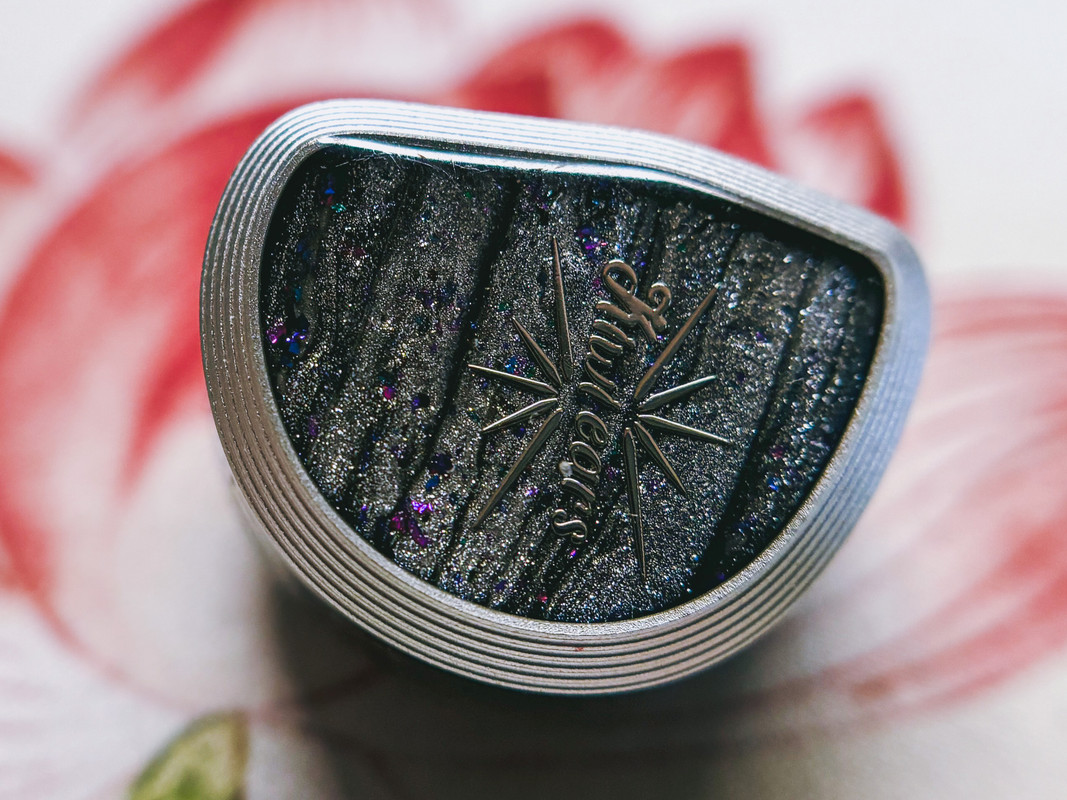
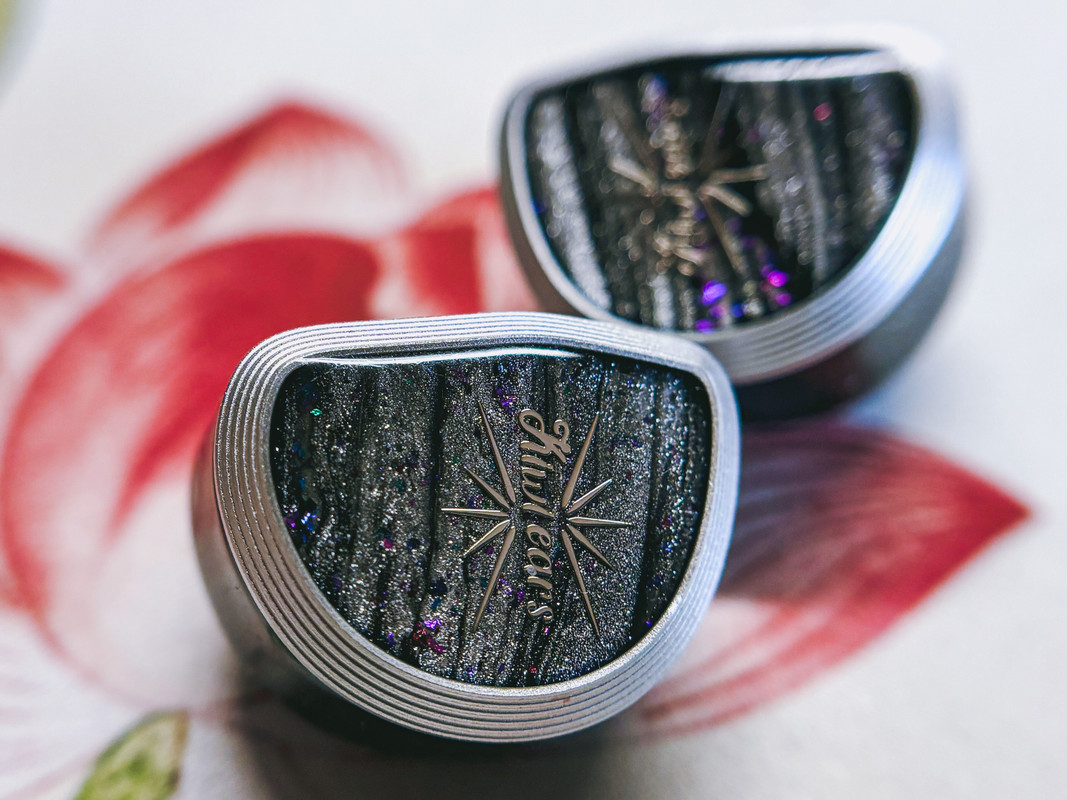
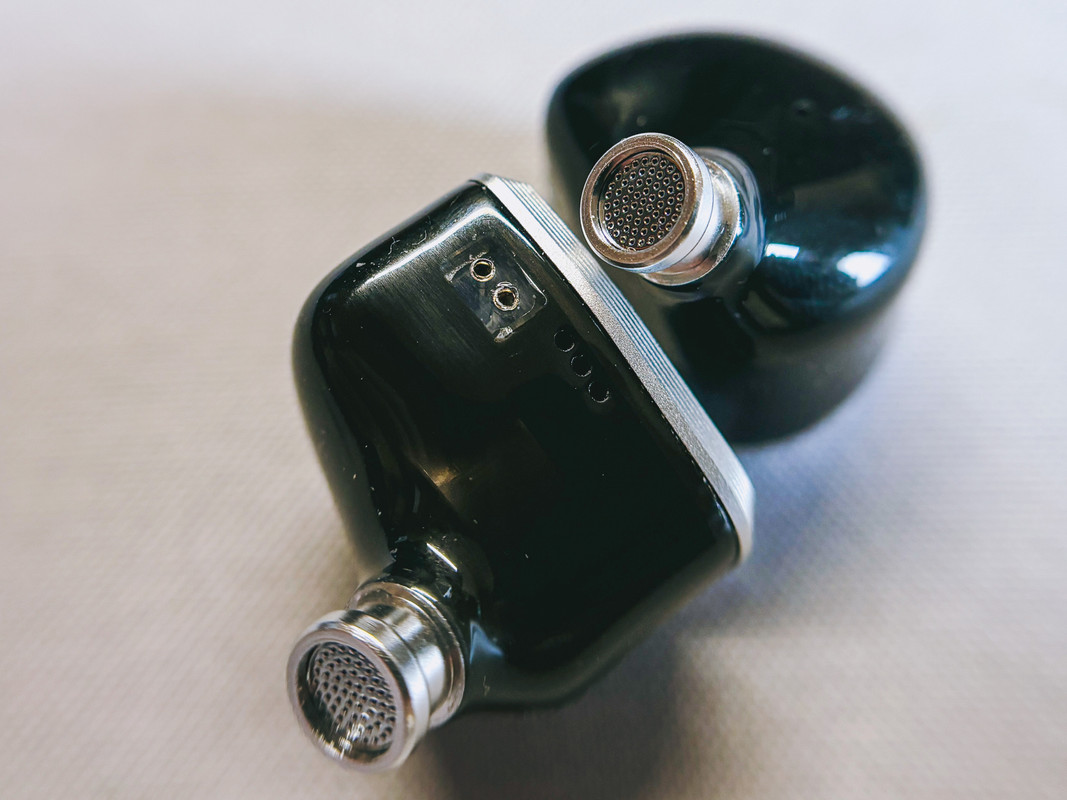

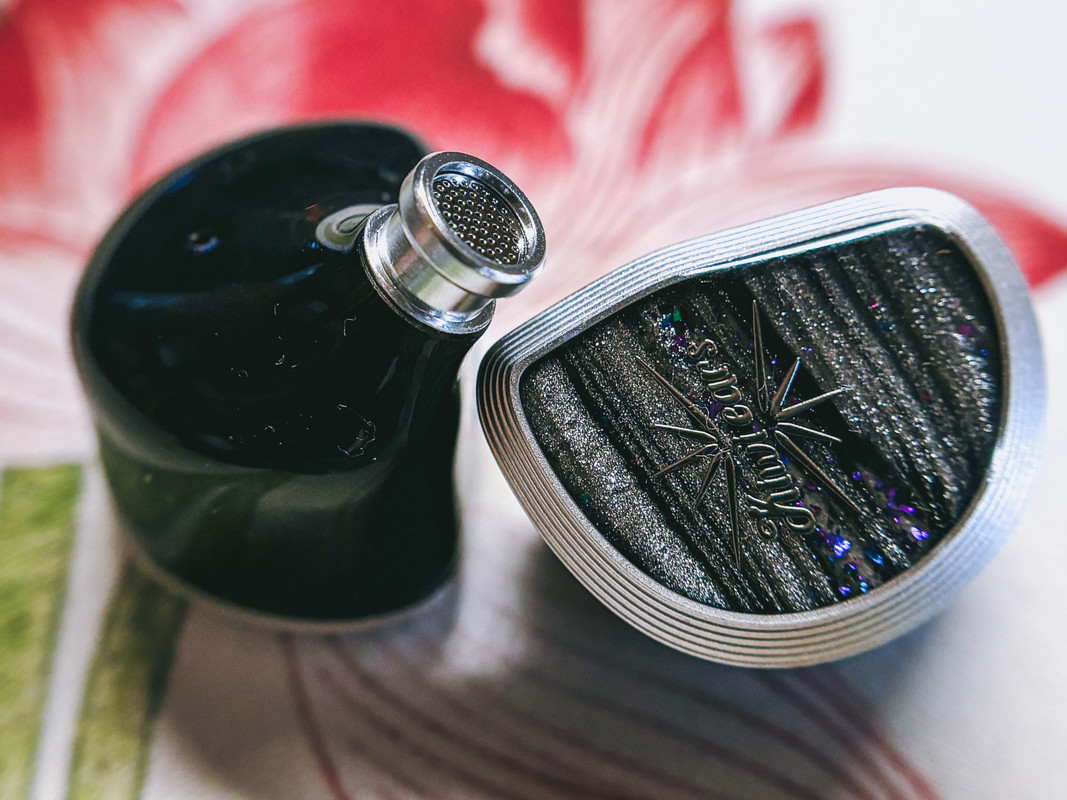
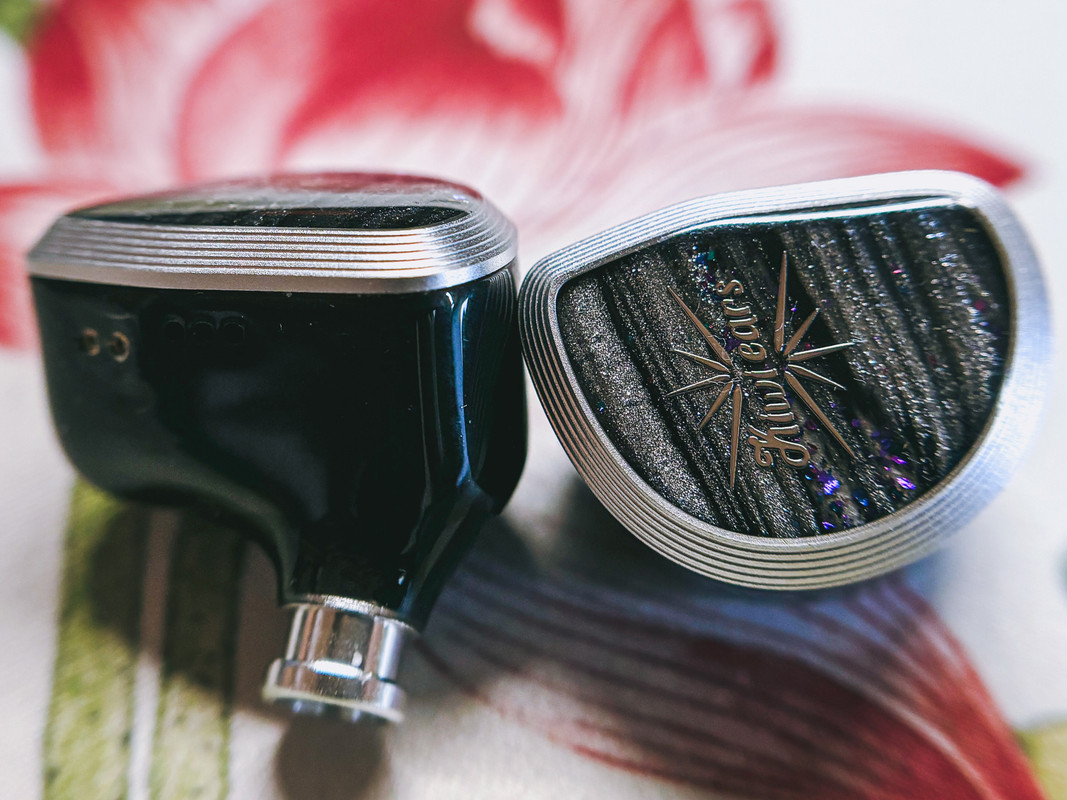
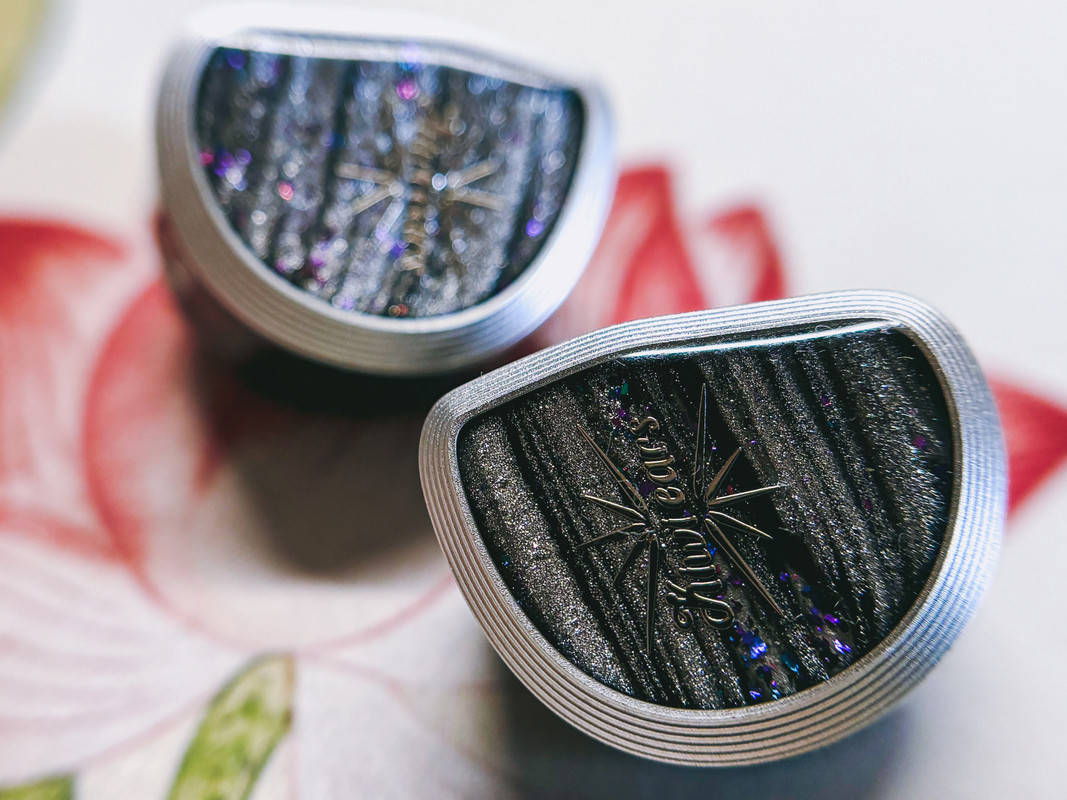






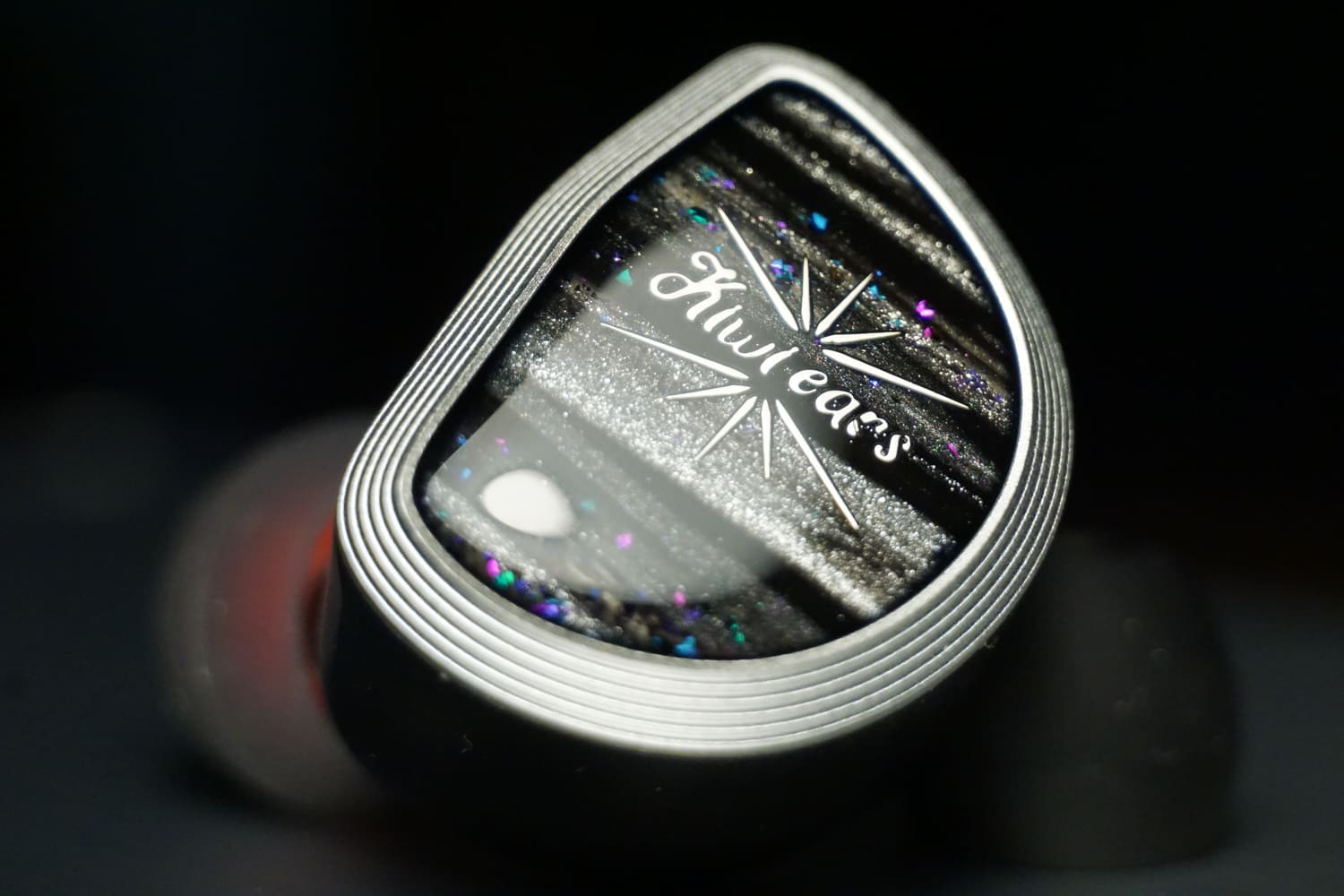






















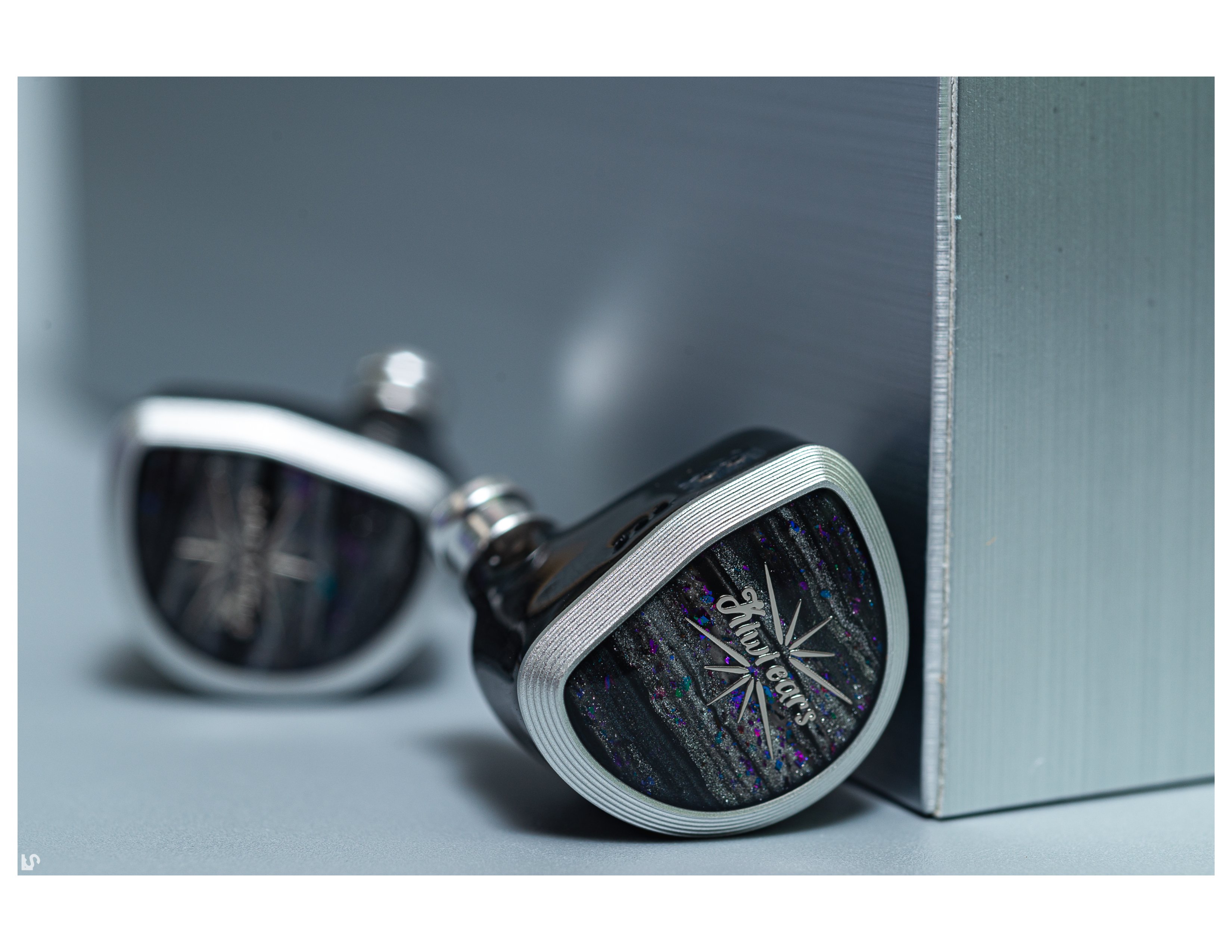


























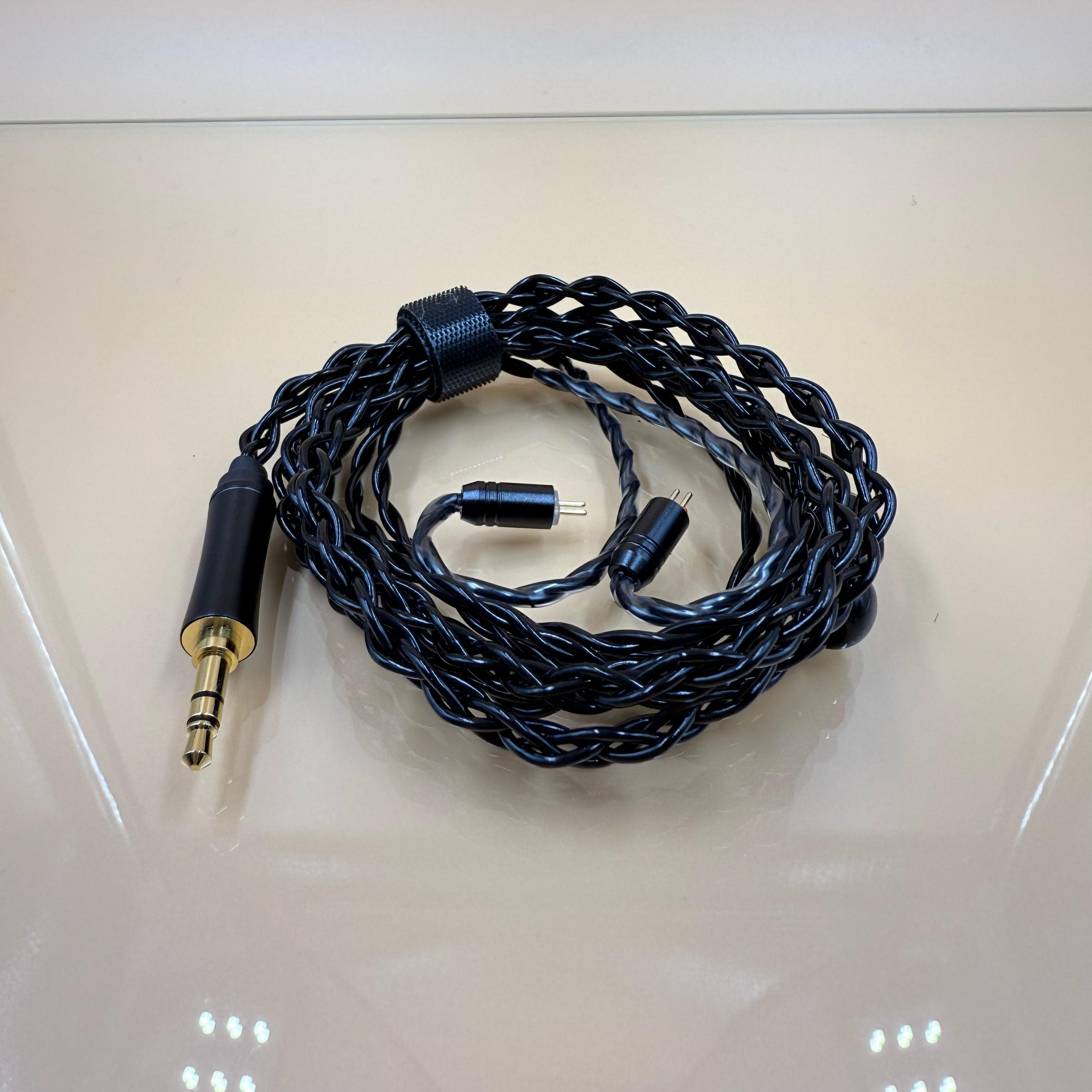























































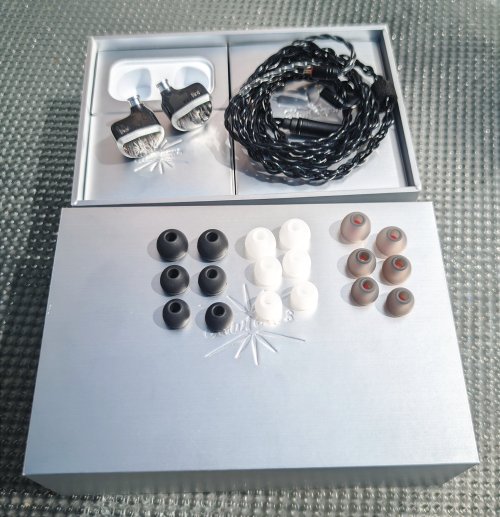




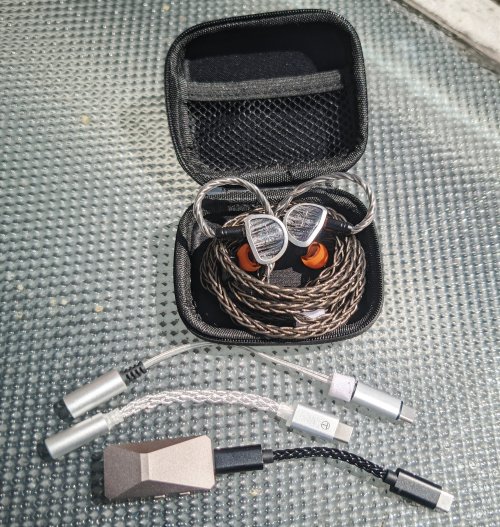













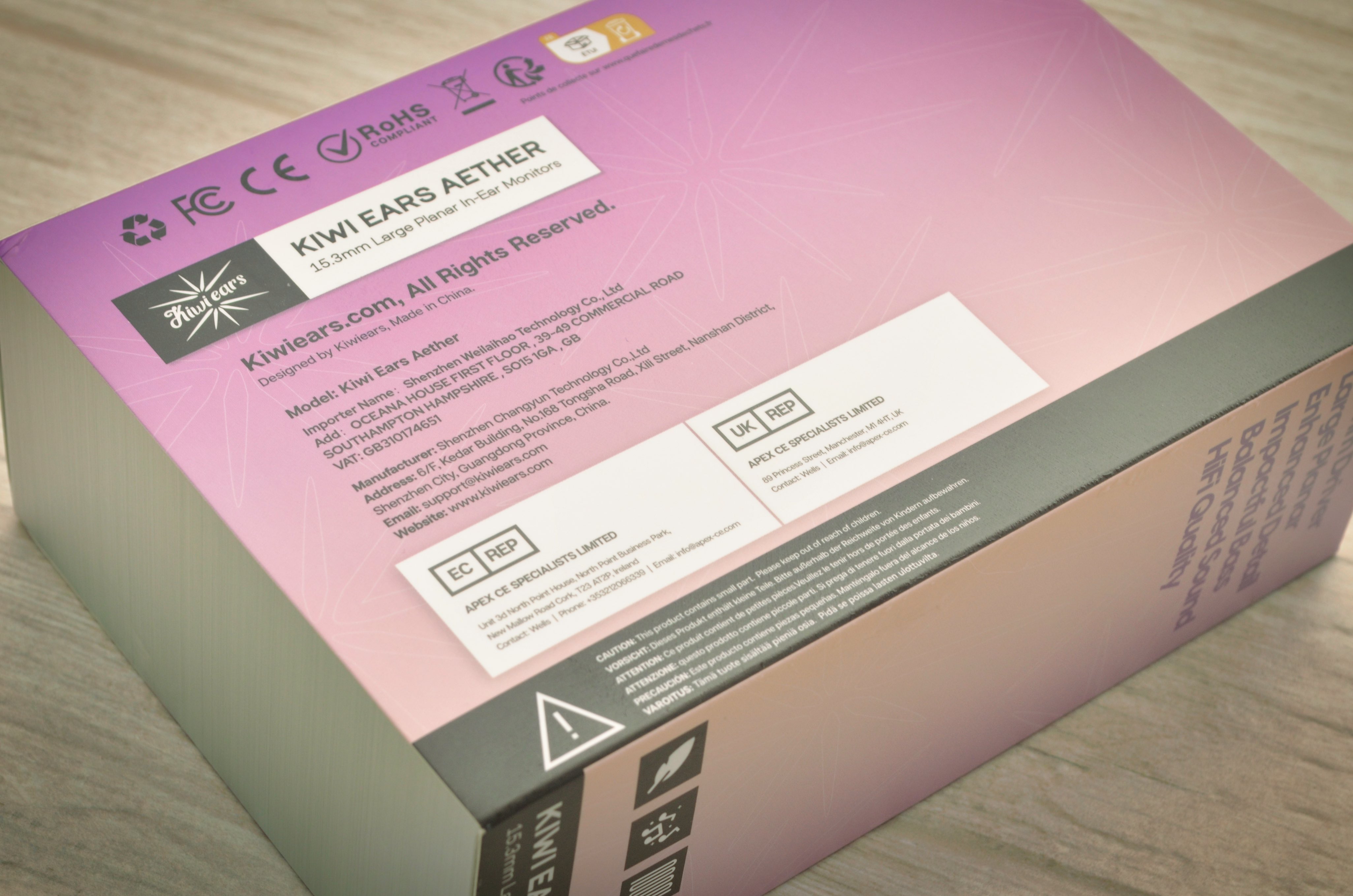














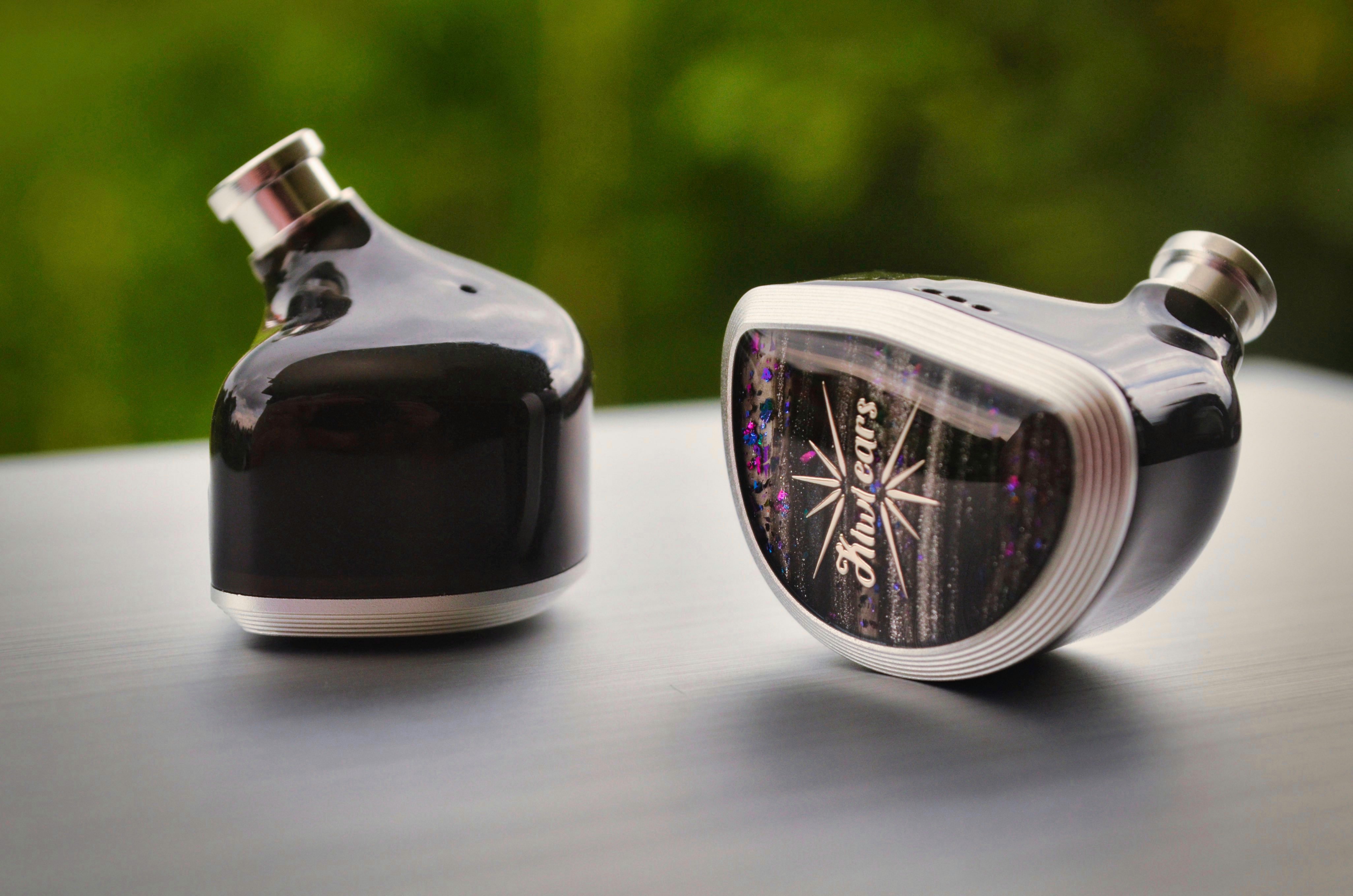






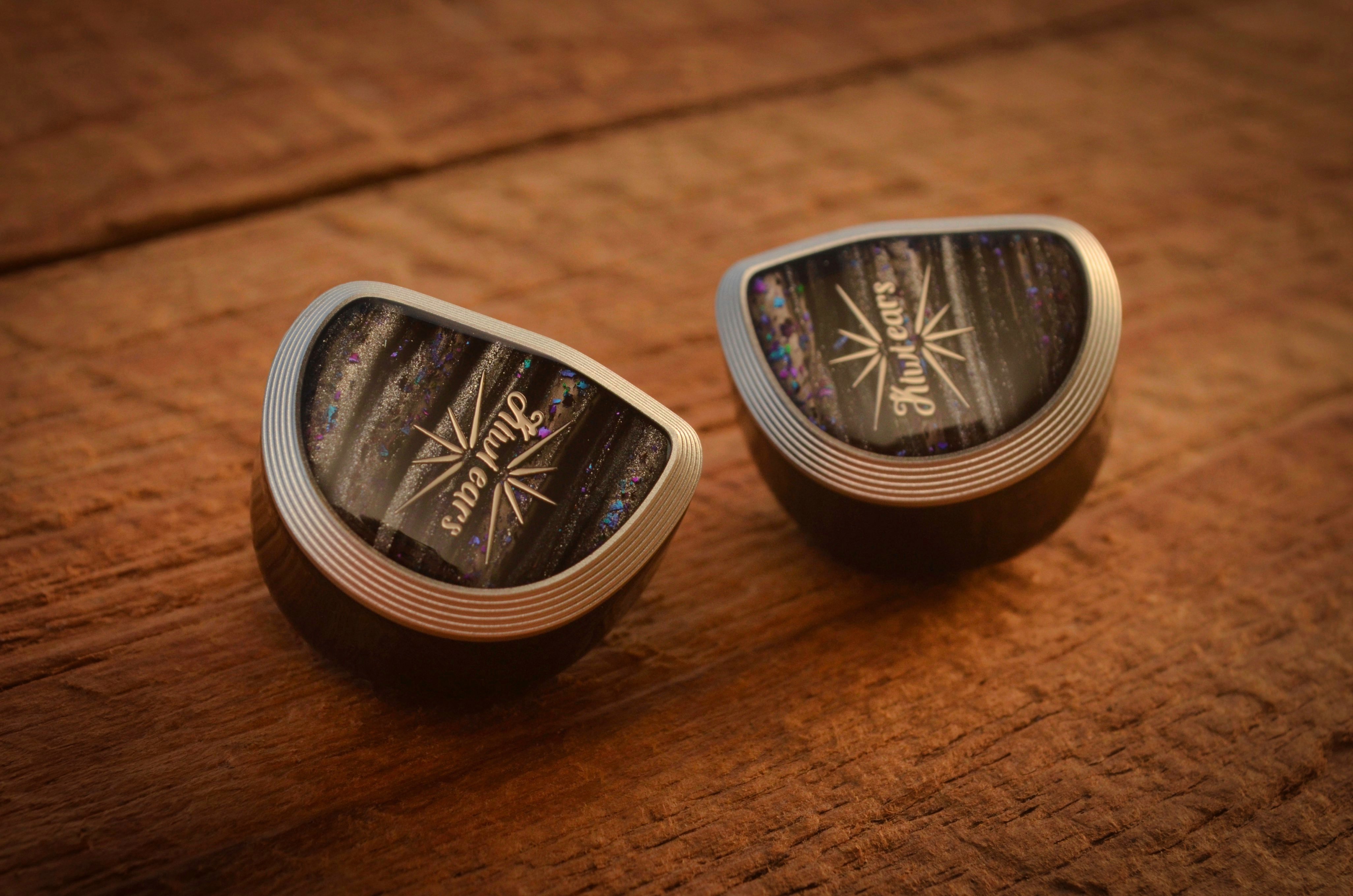





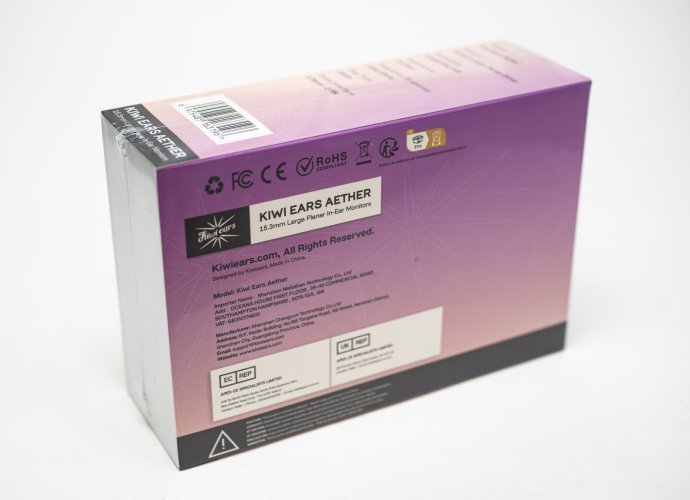

















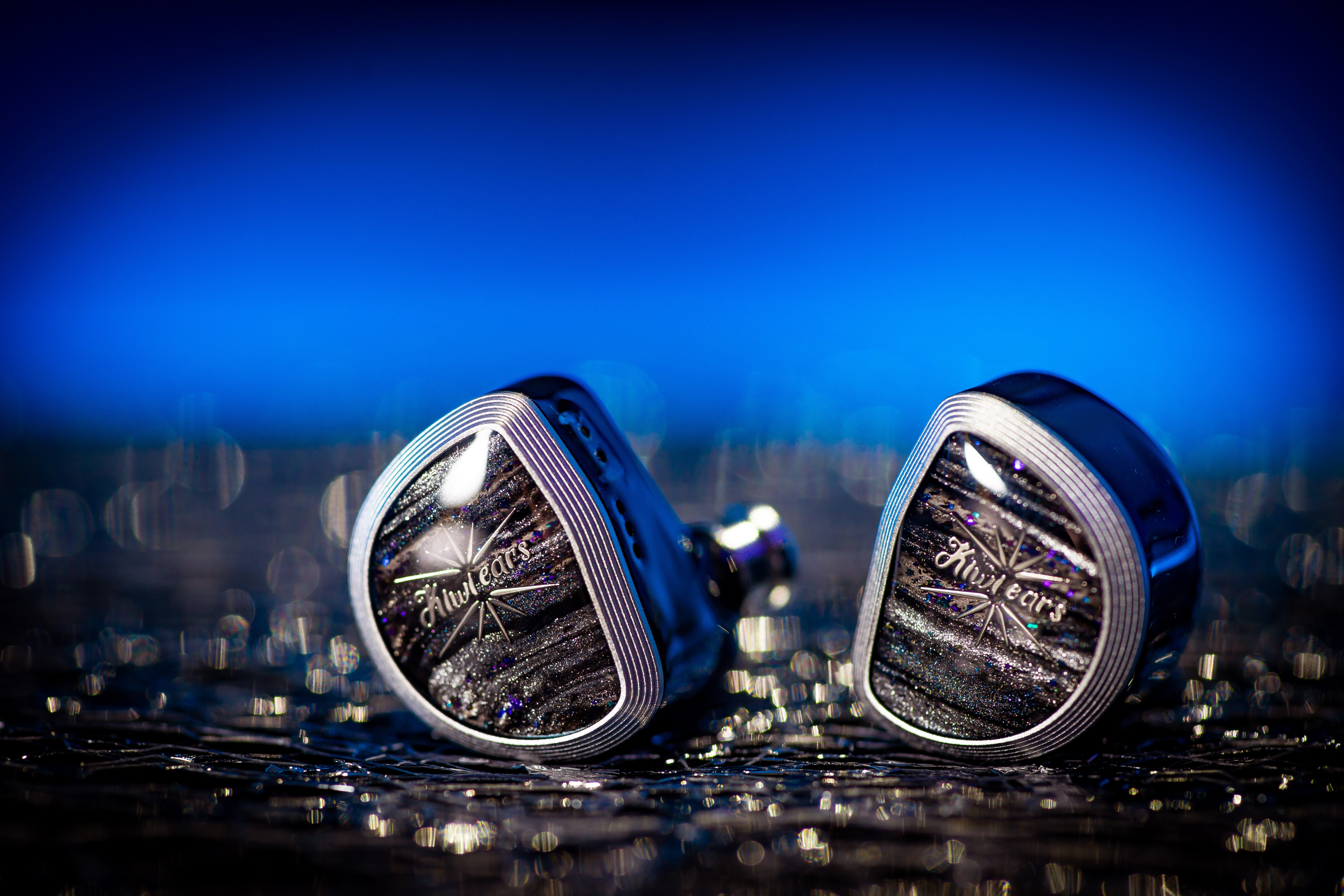


good to see you here.